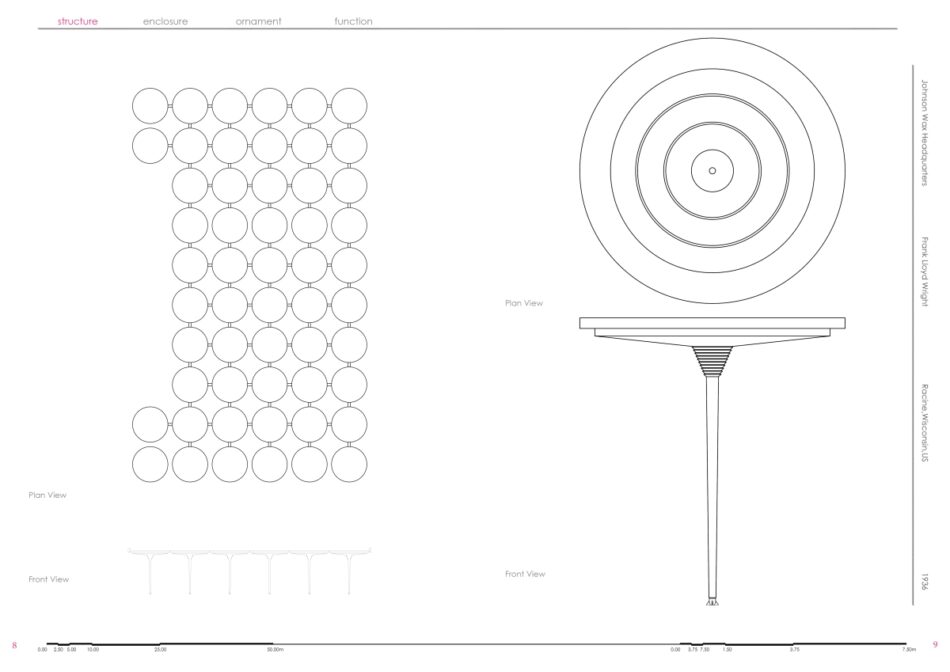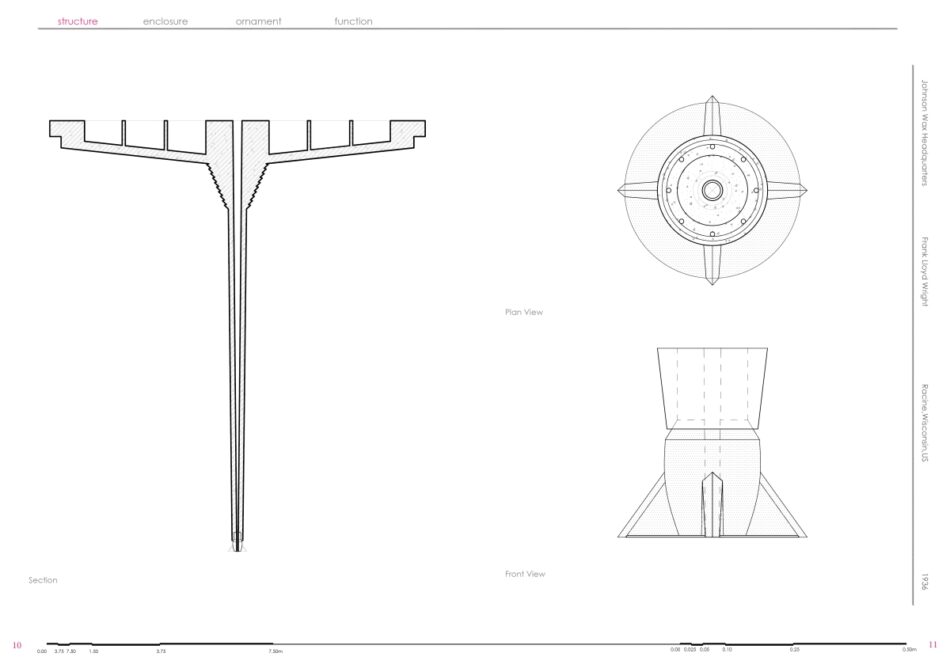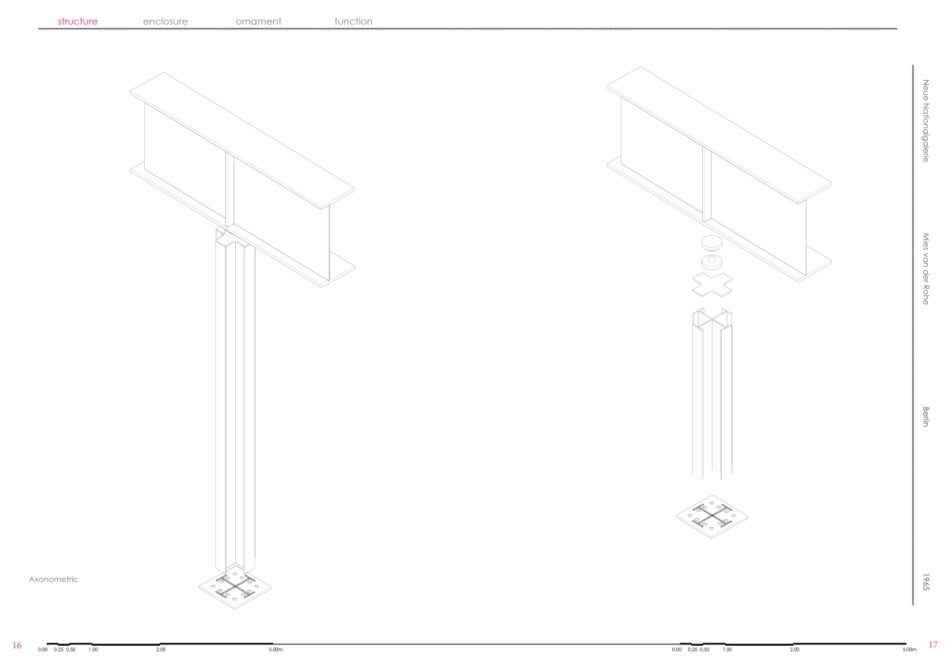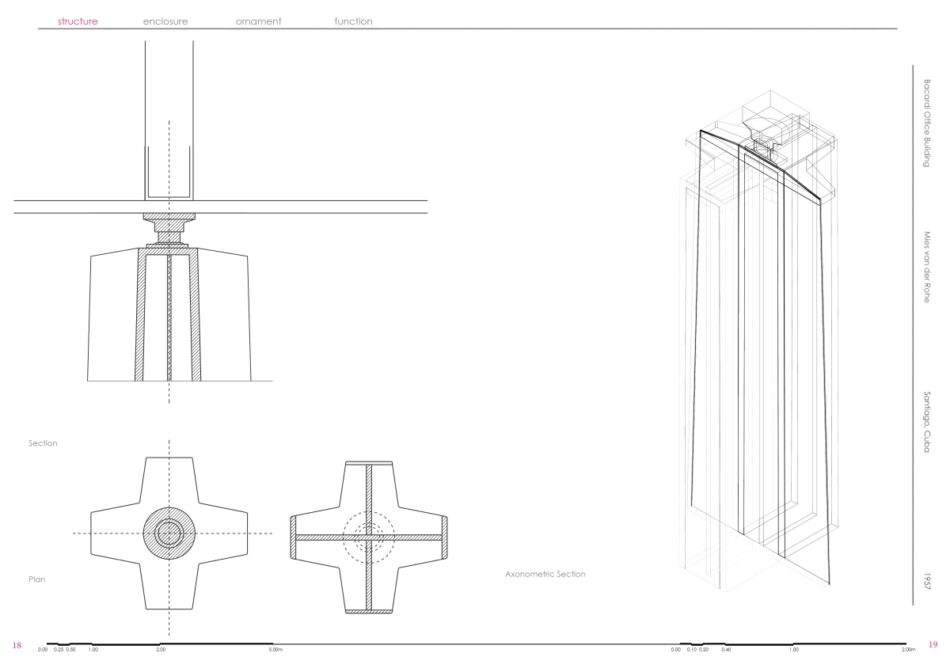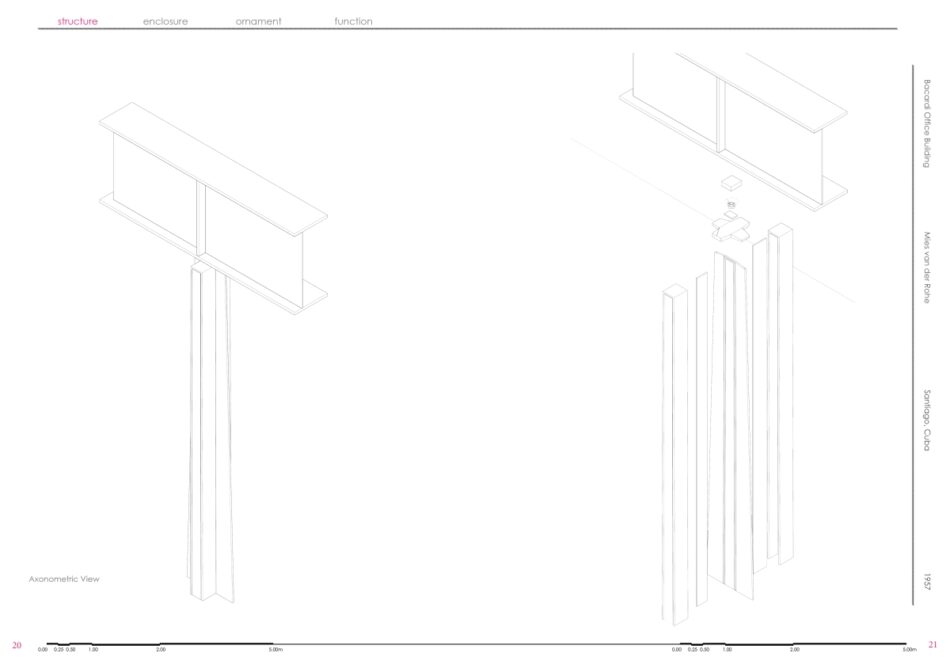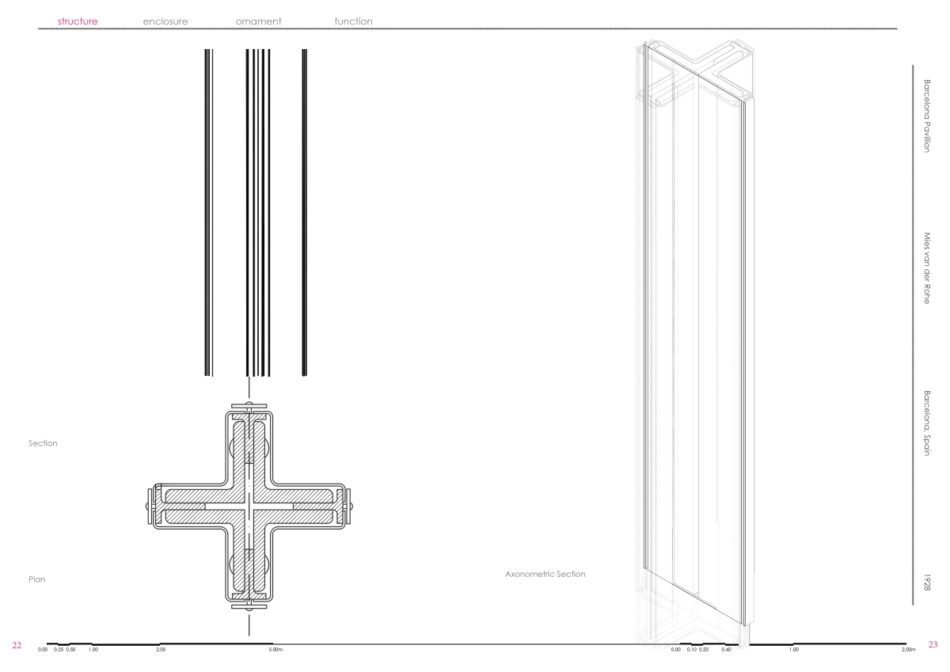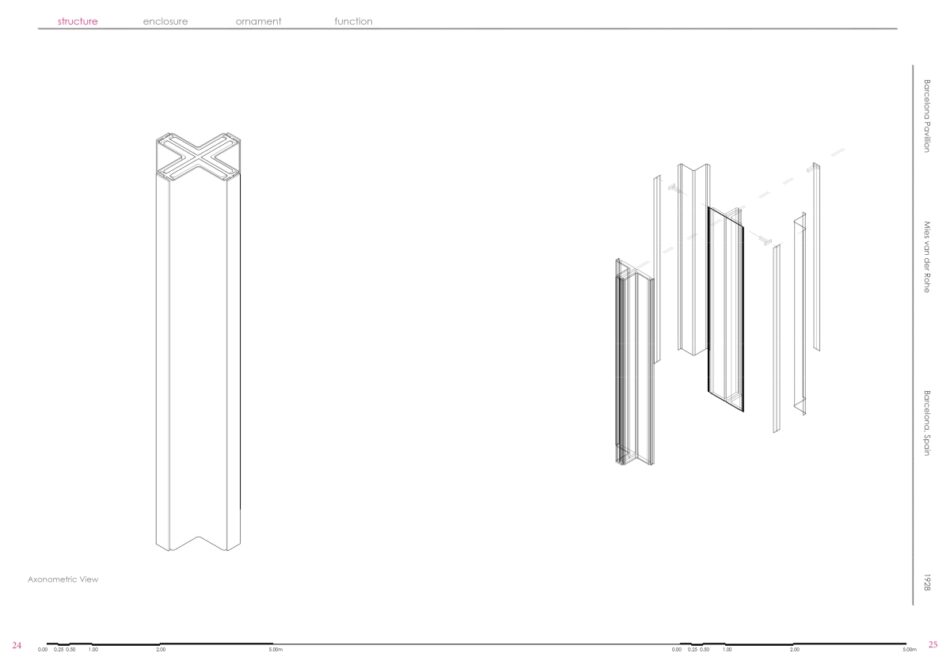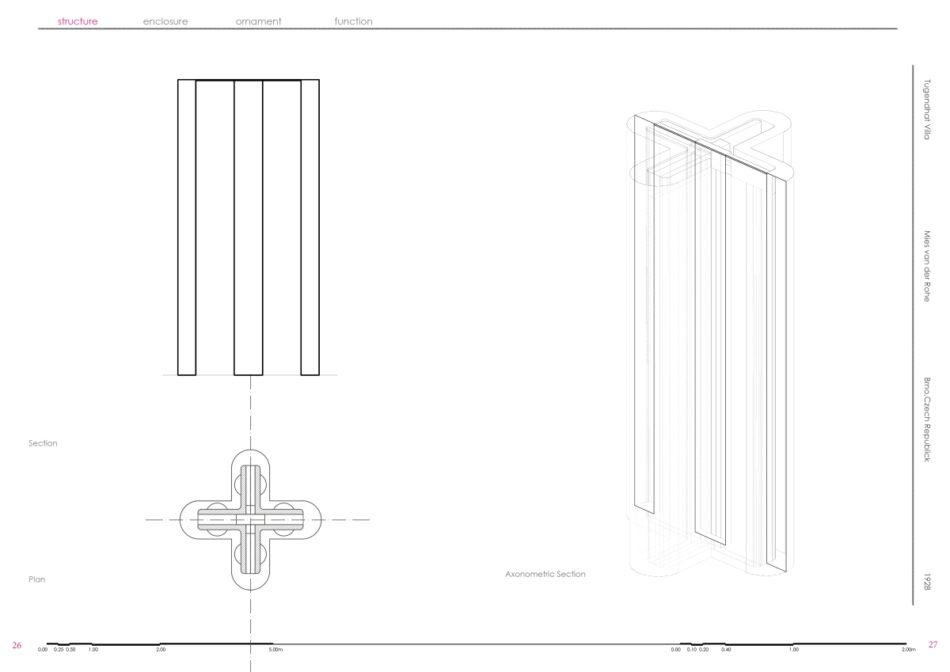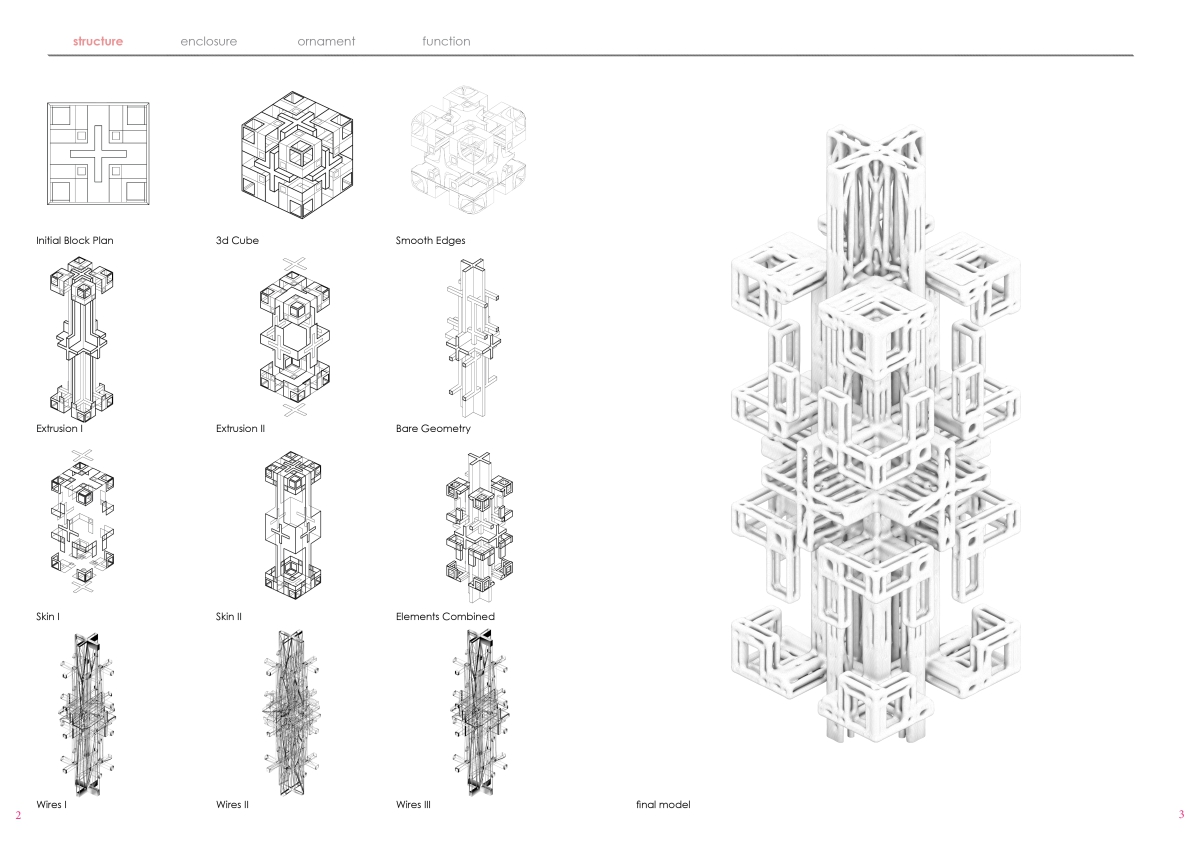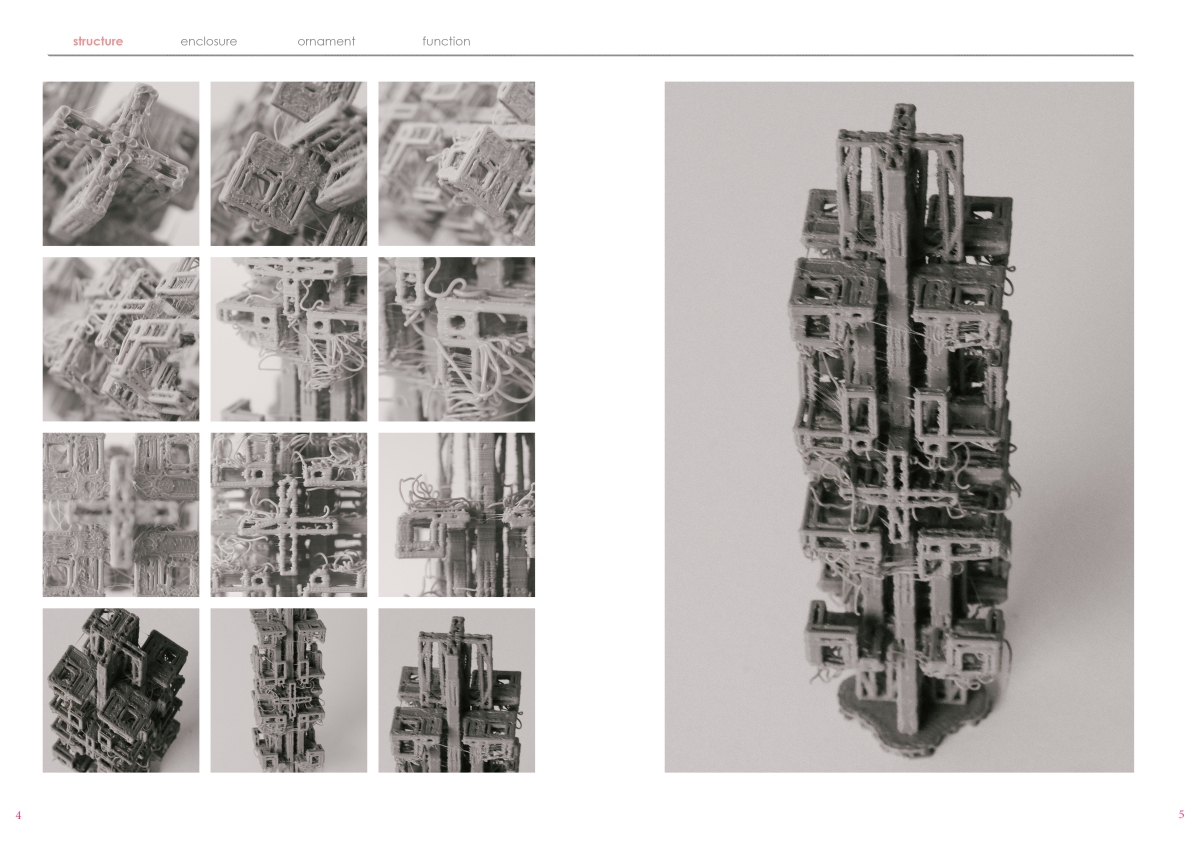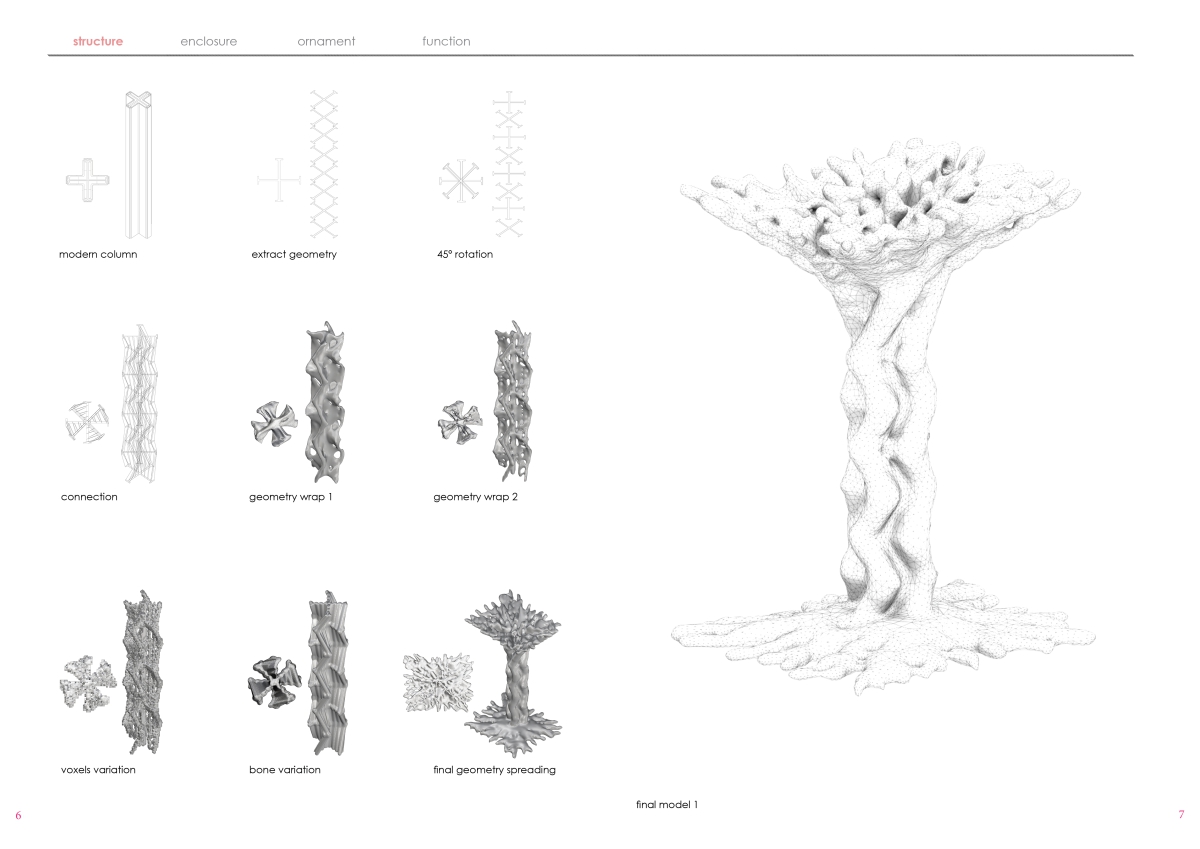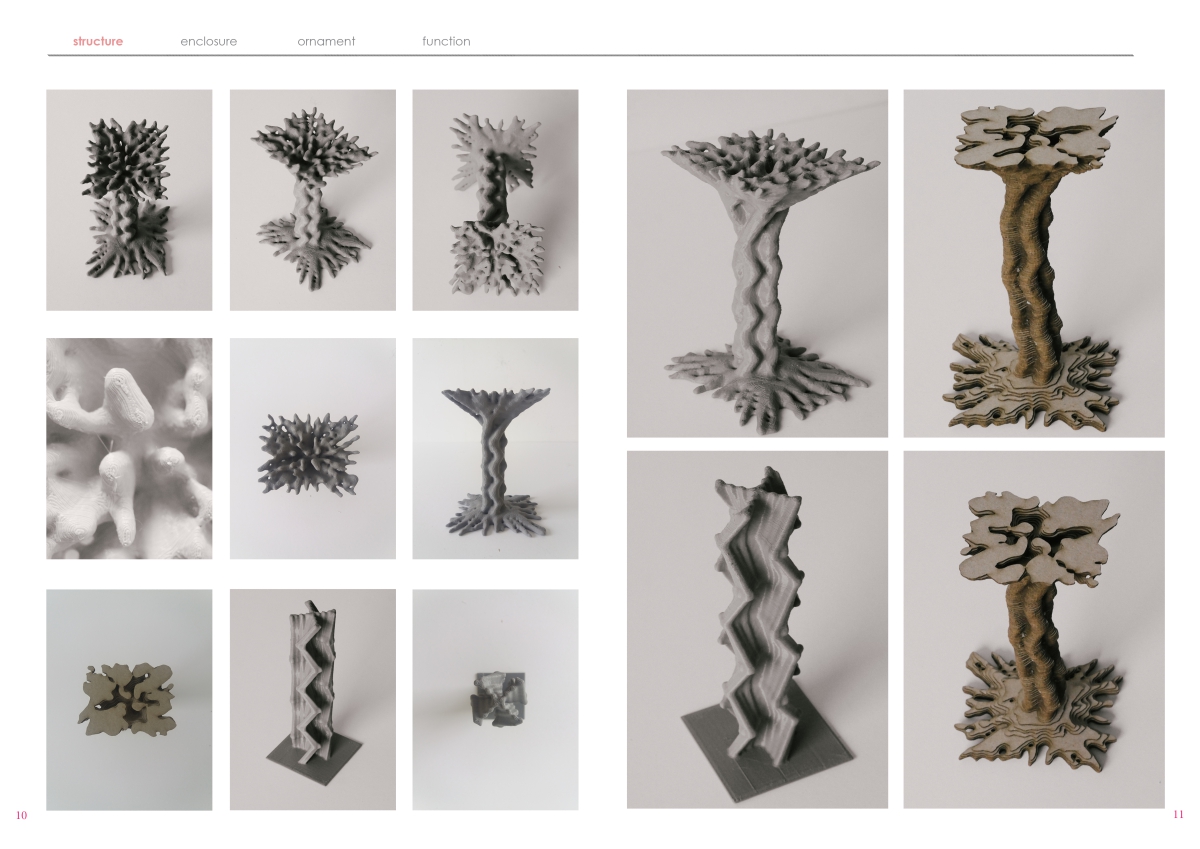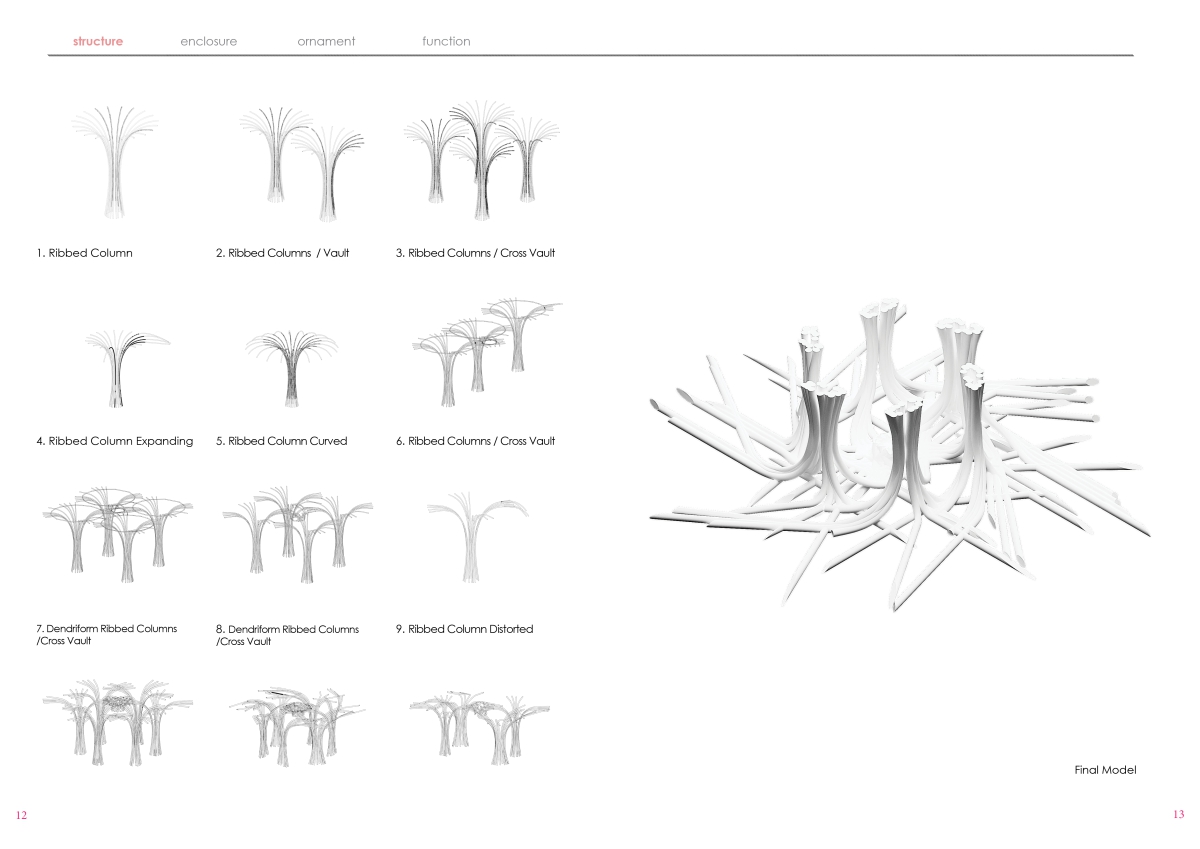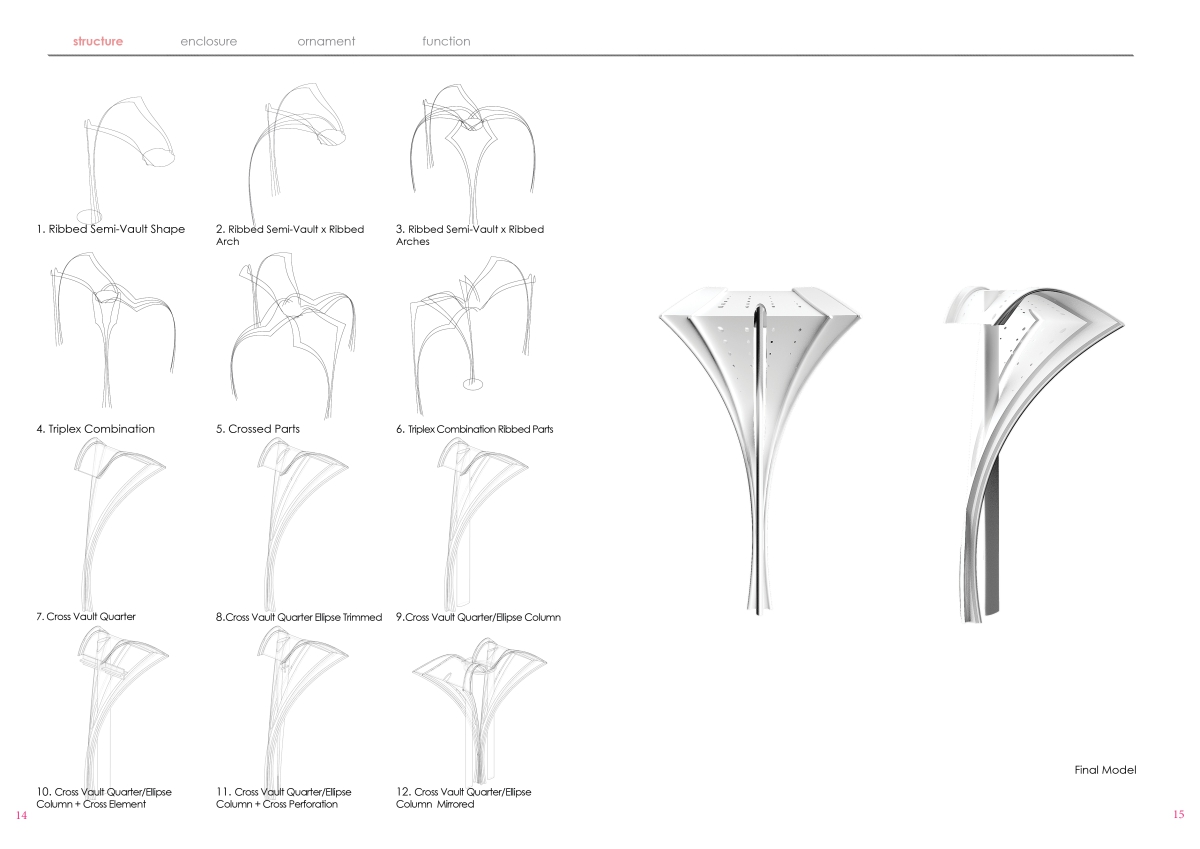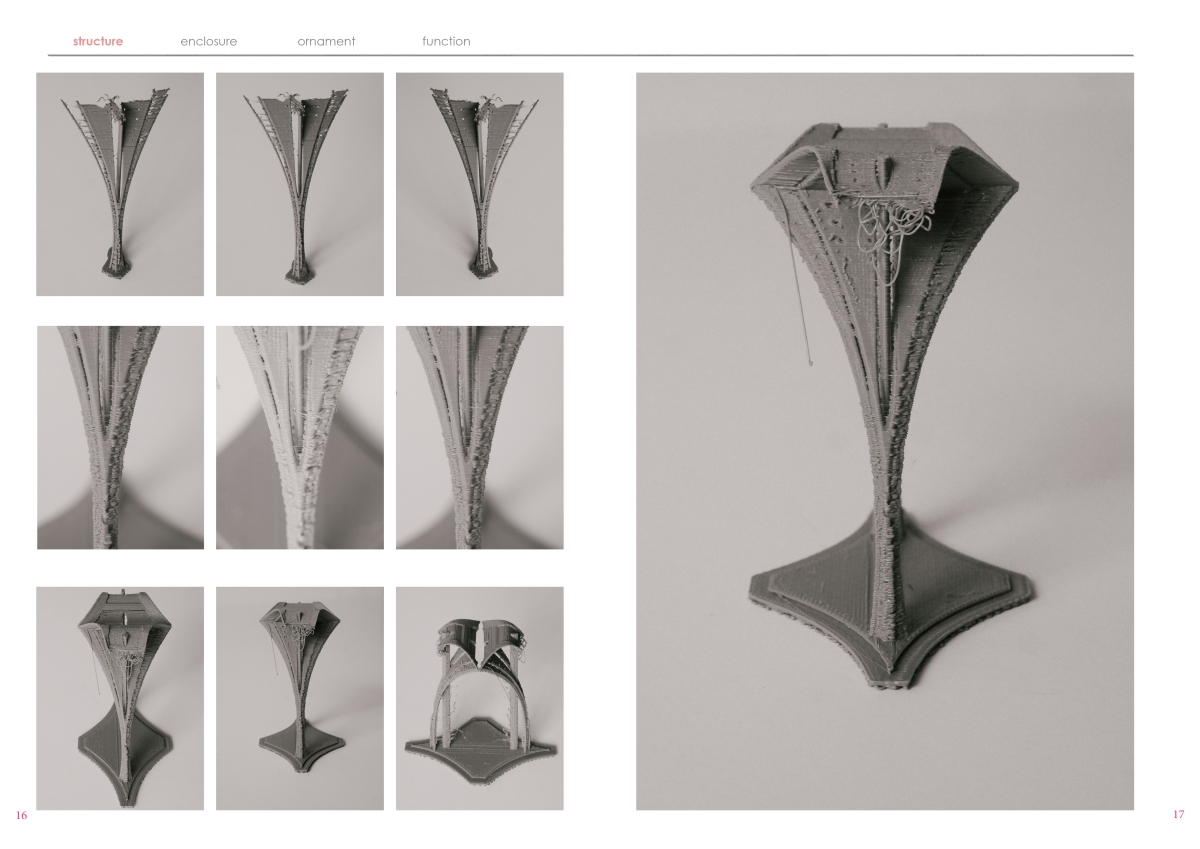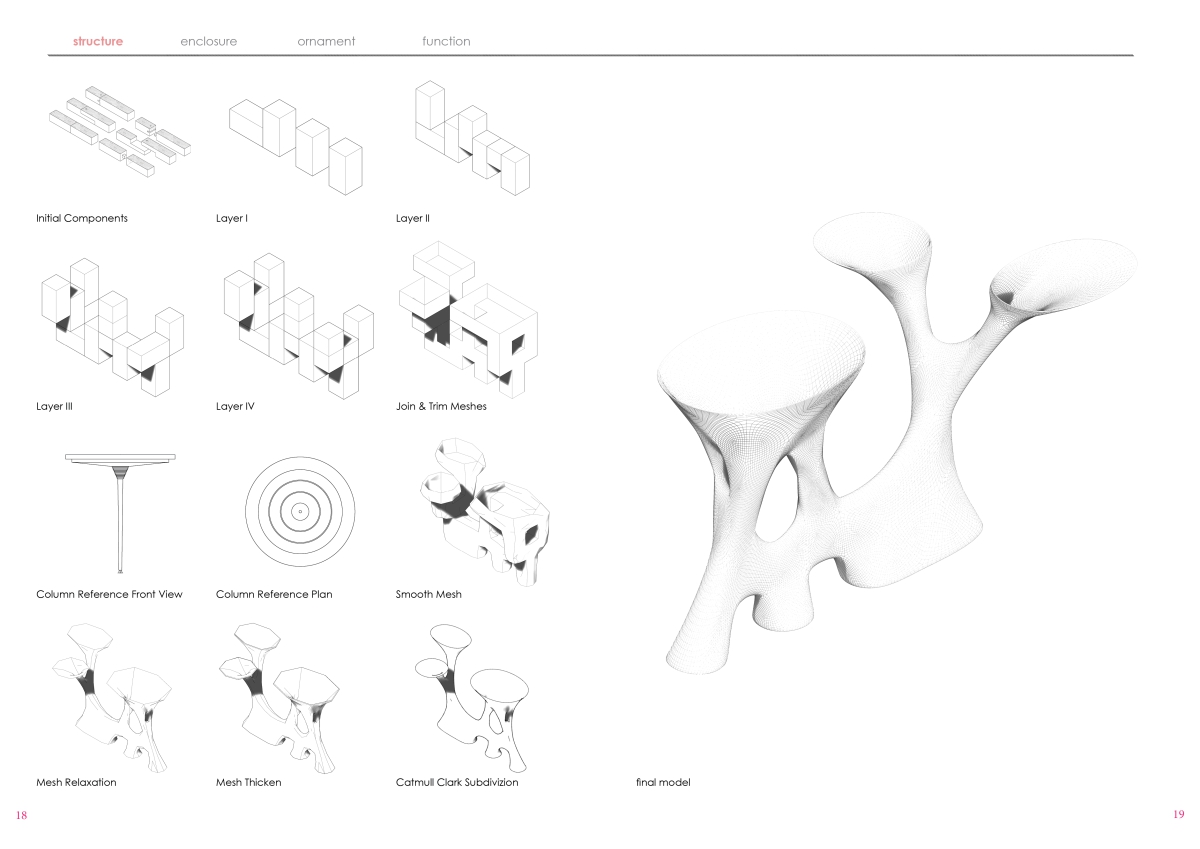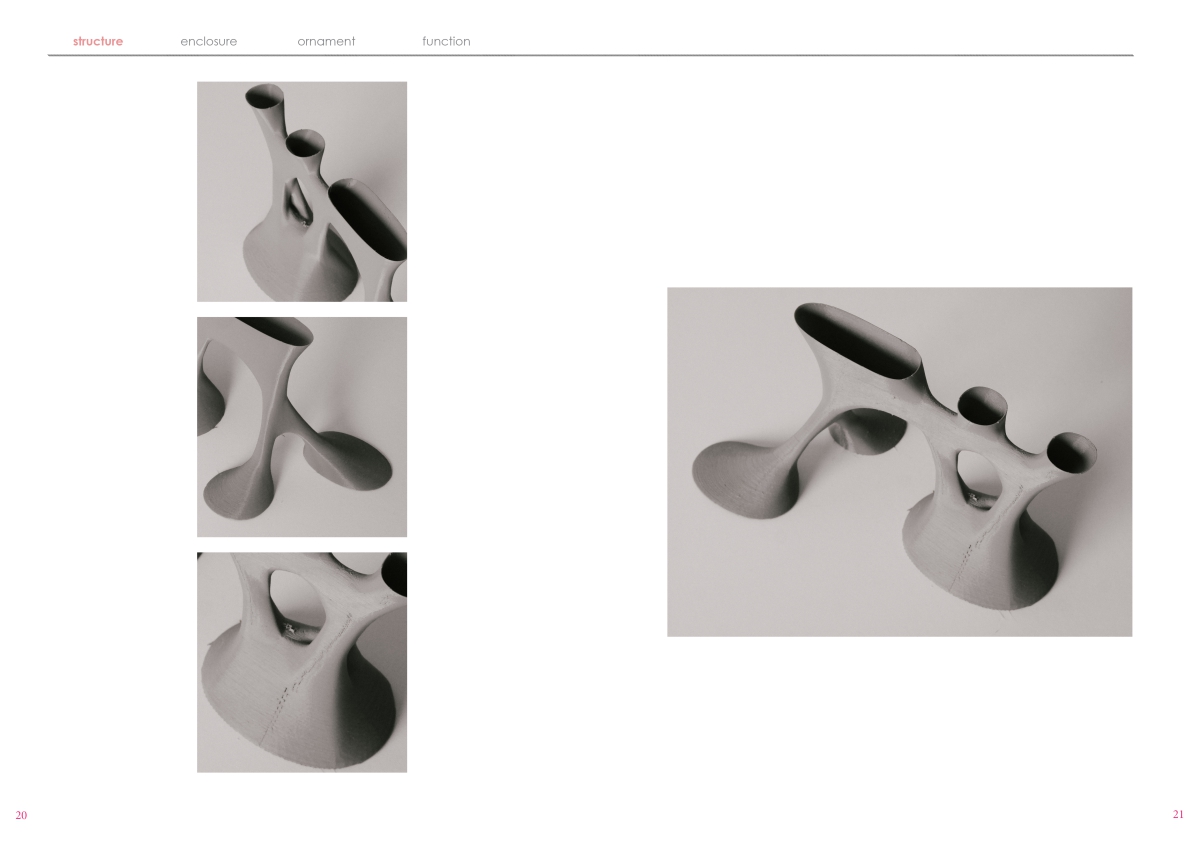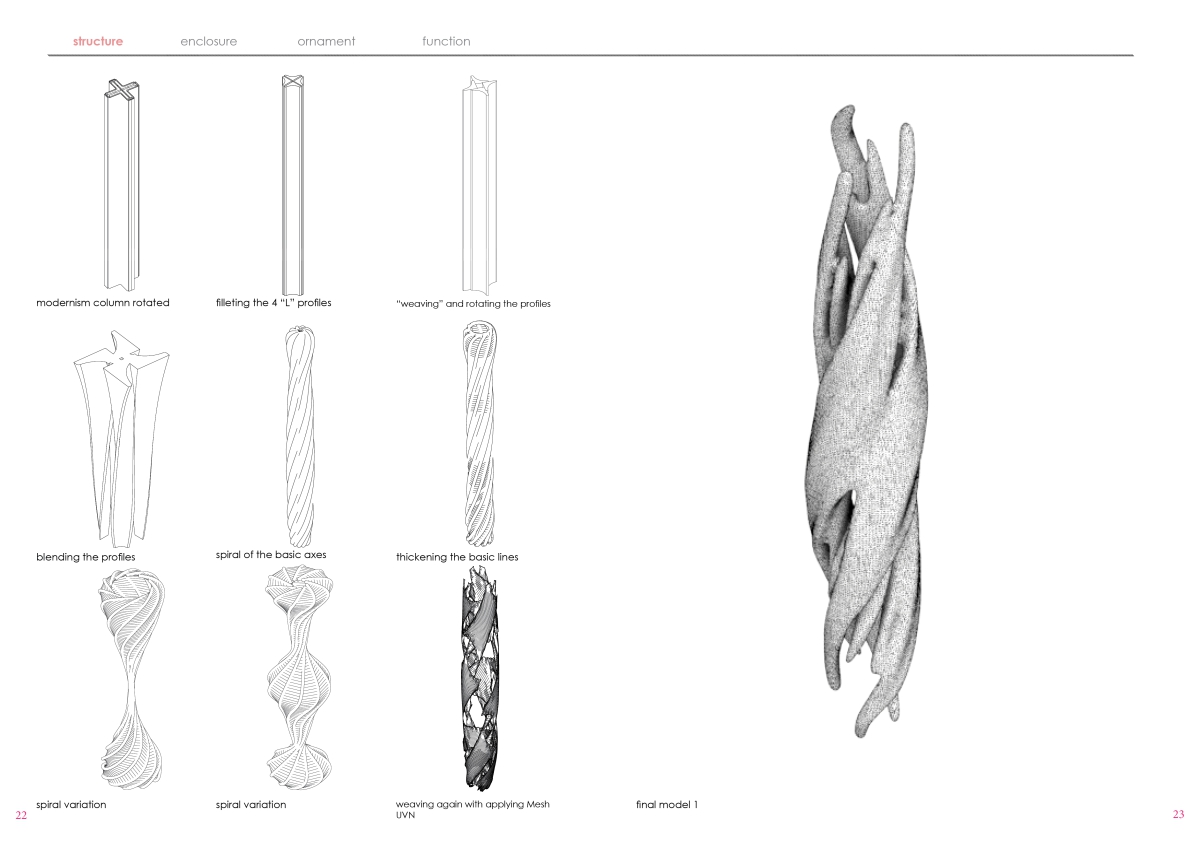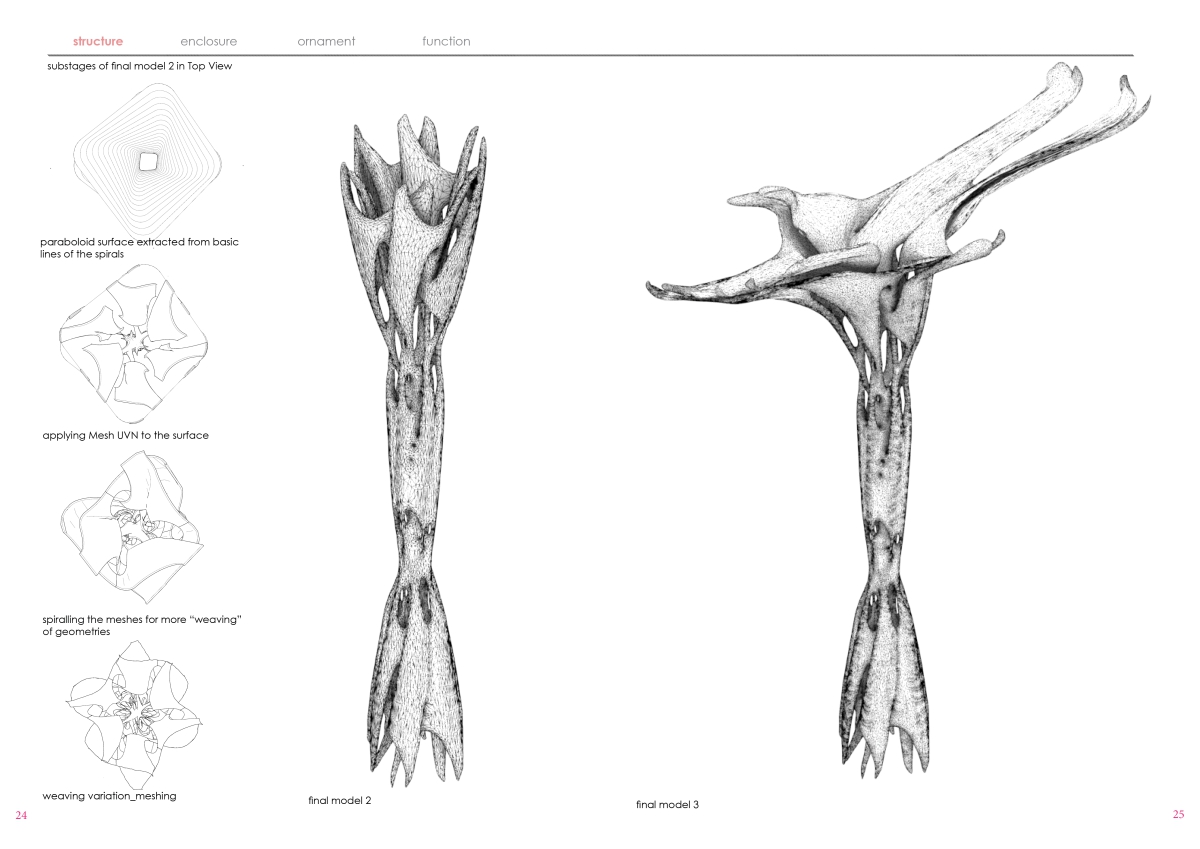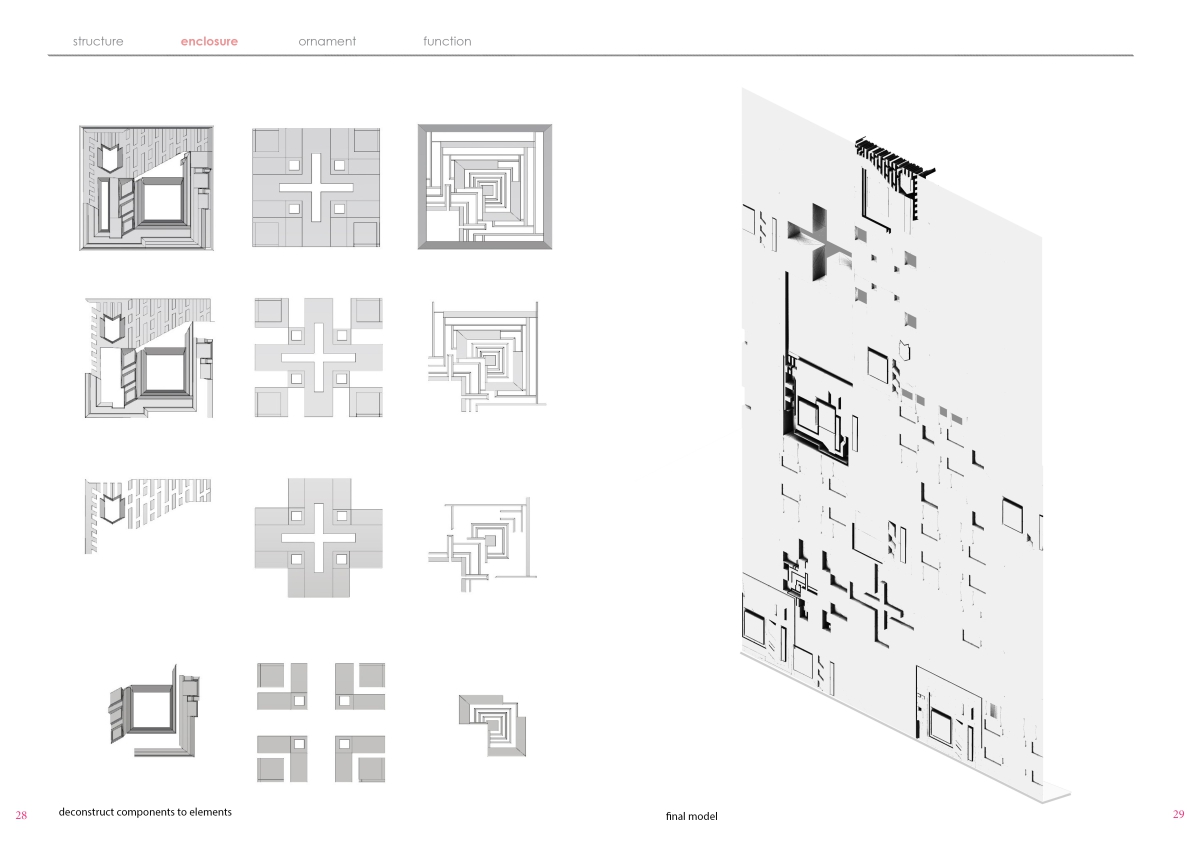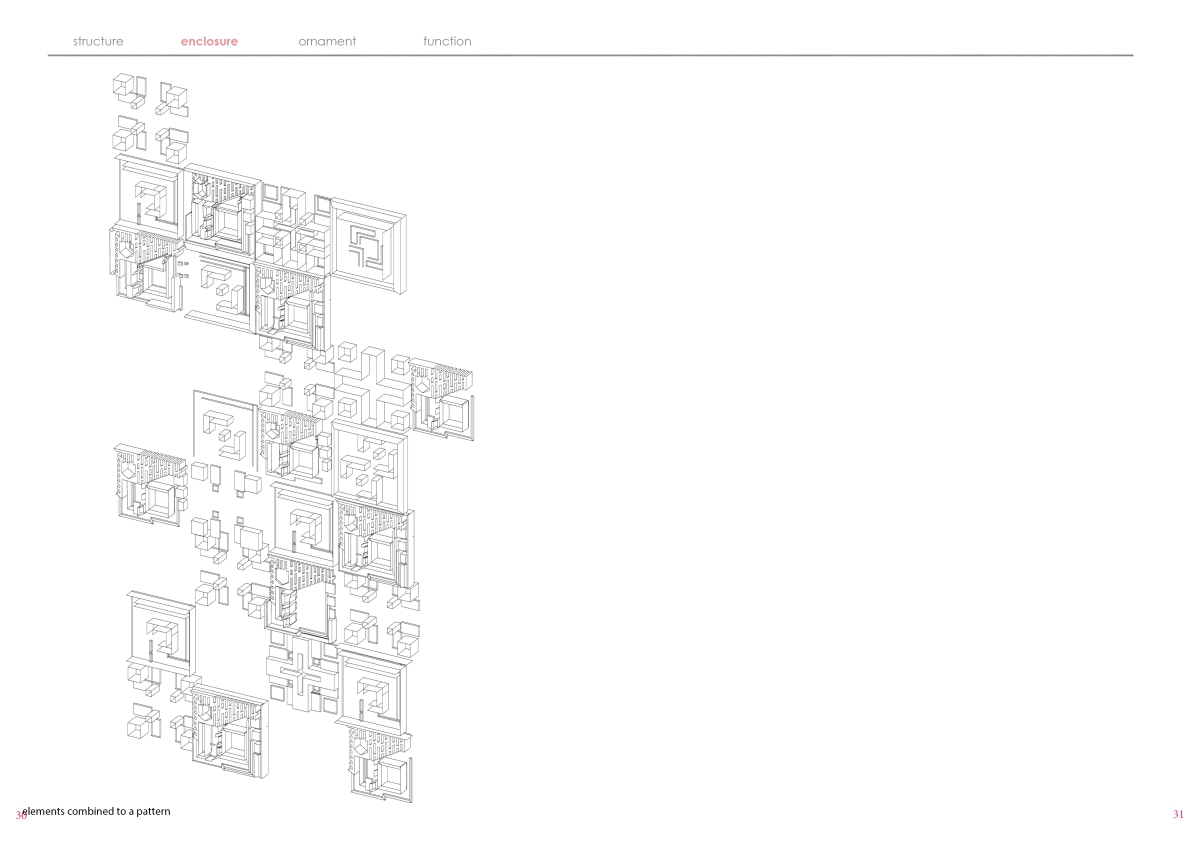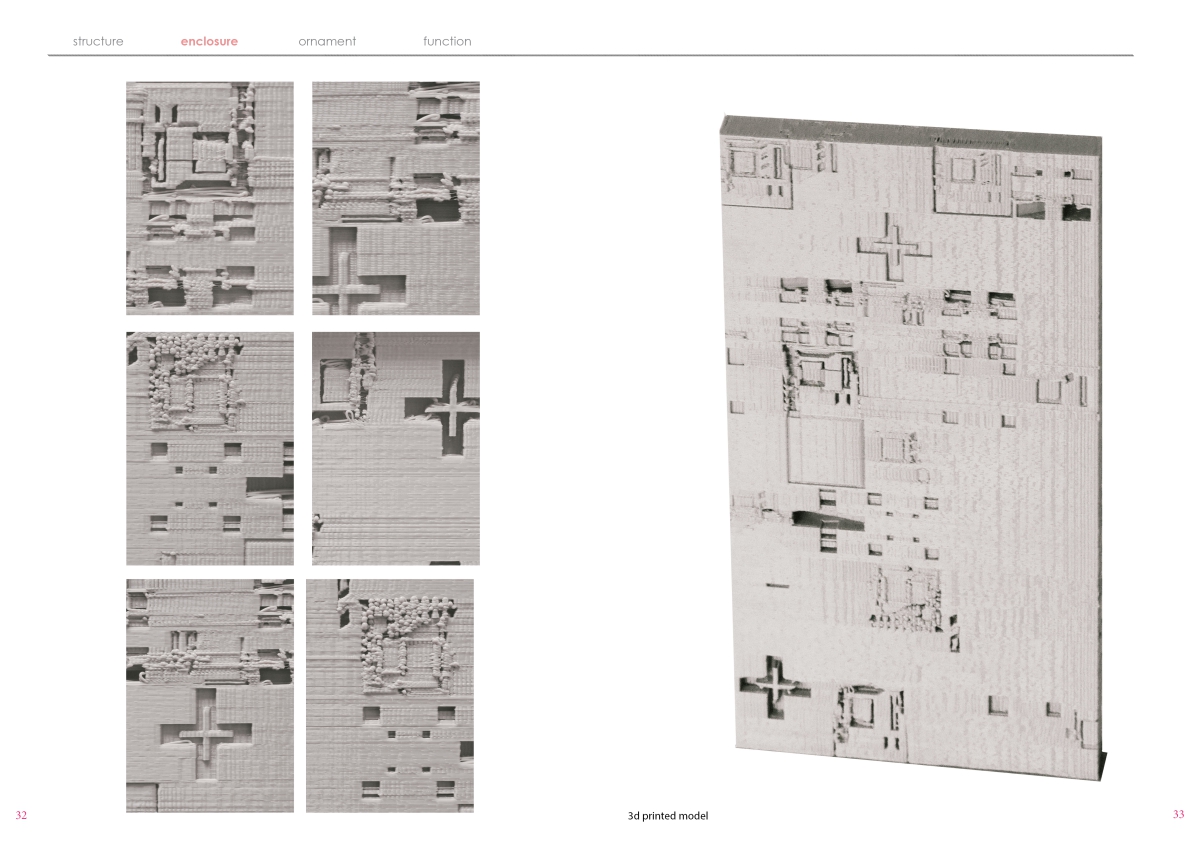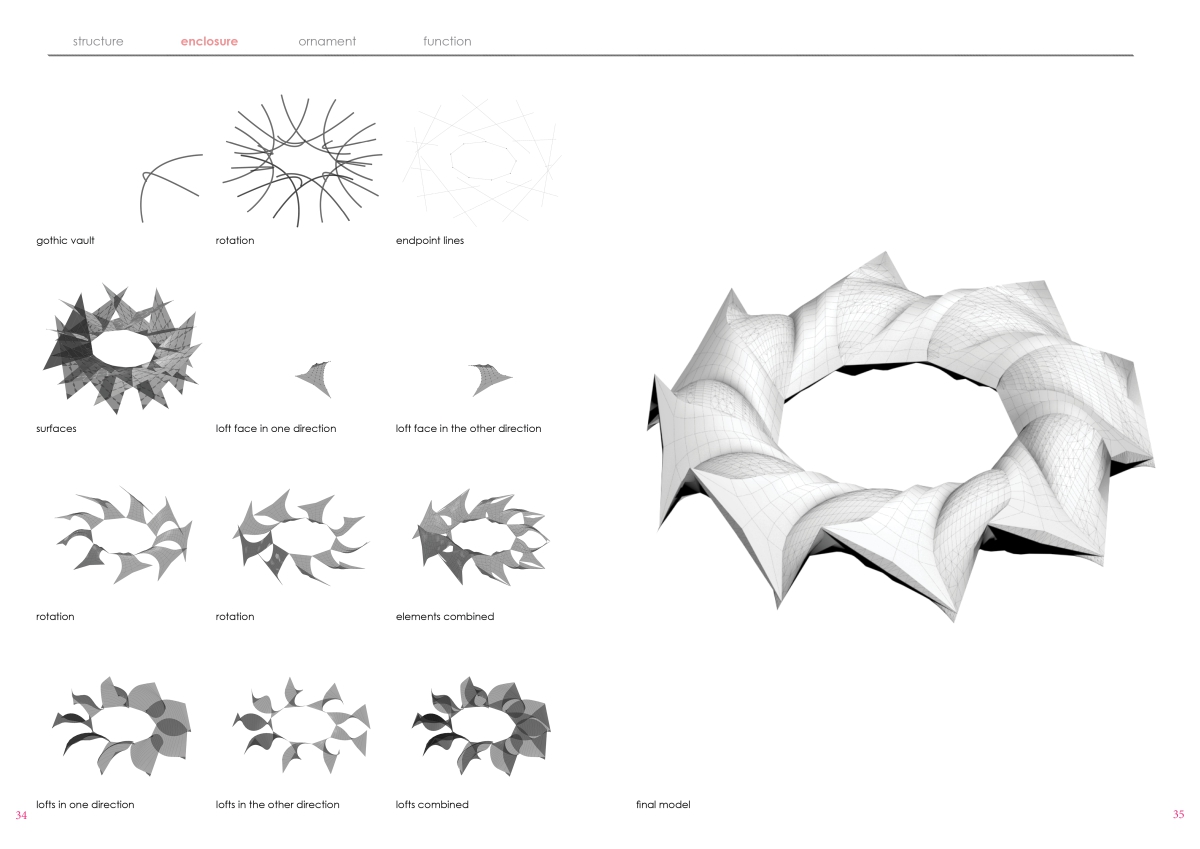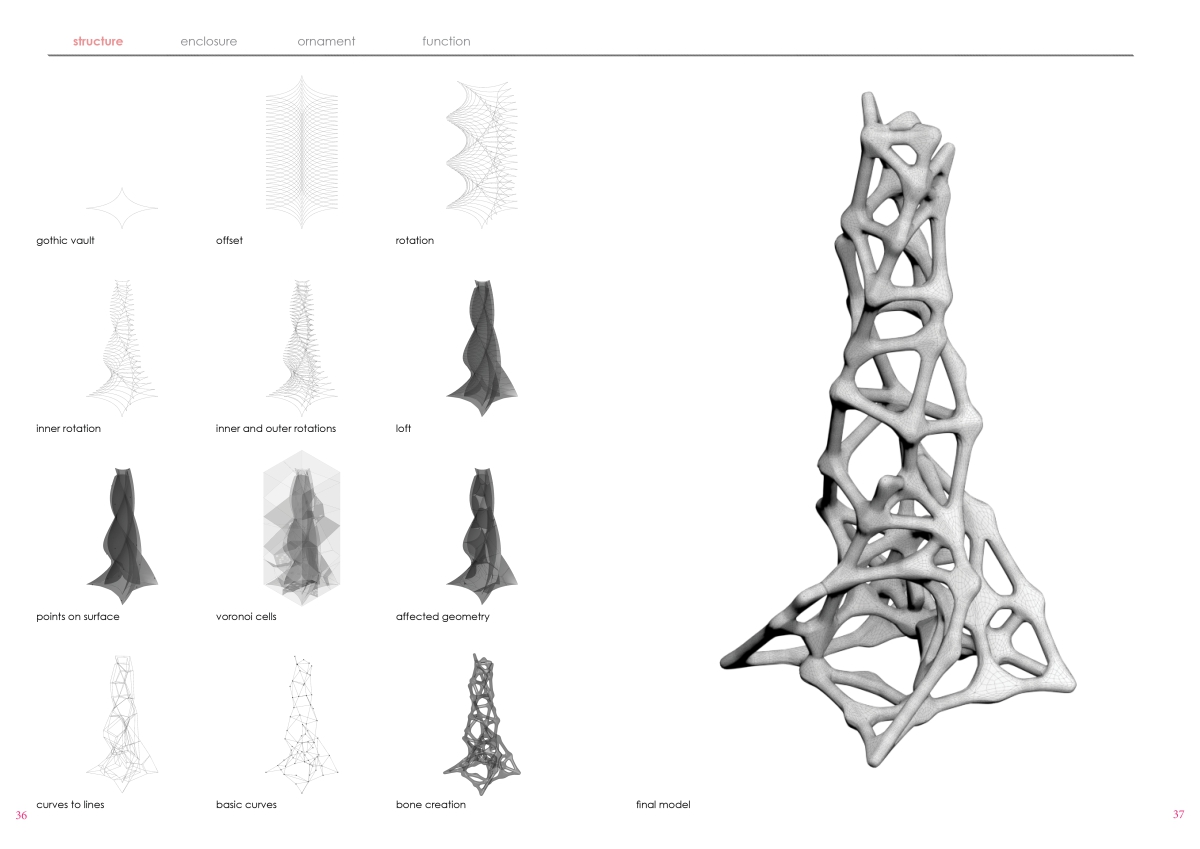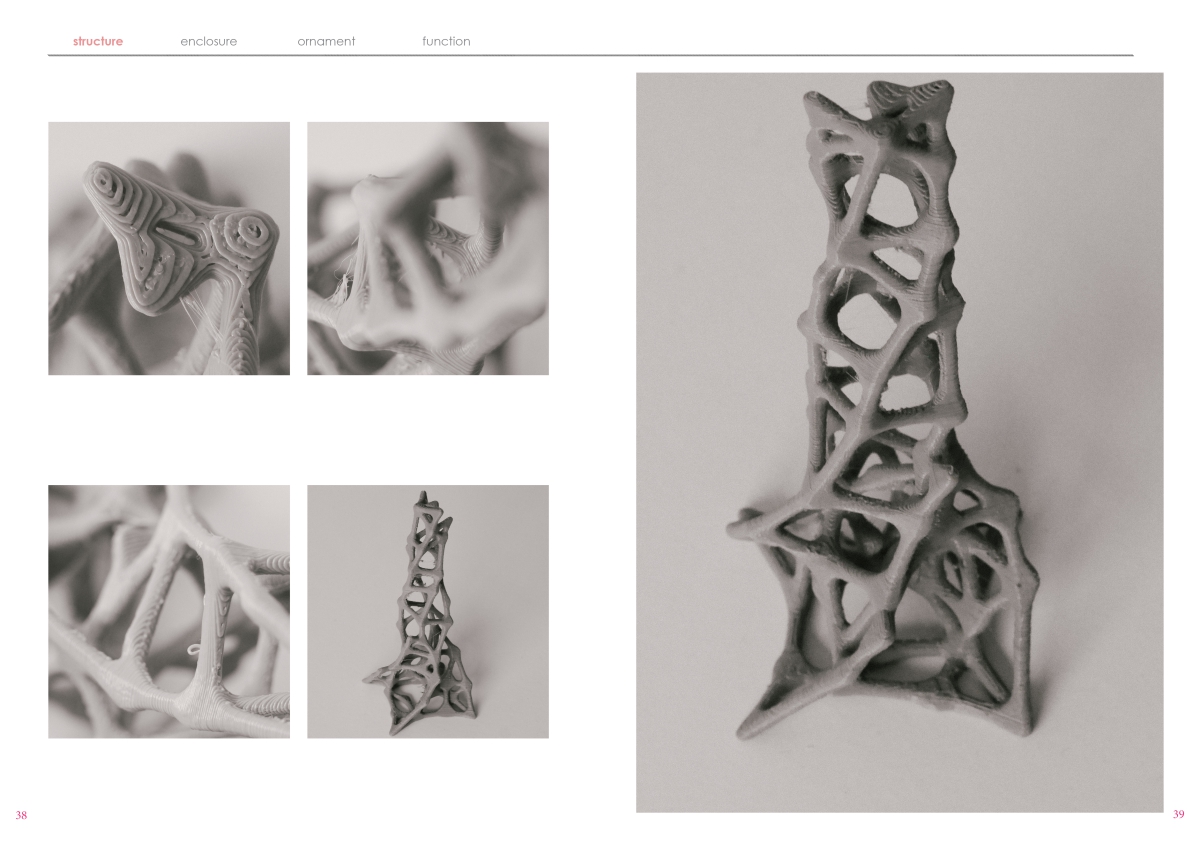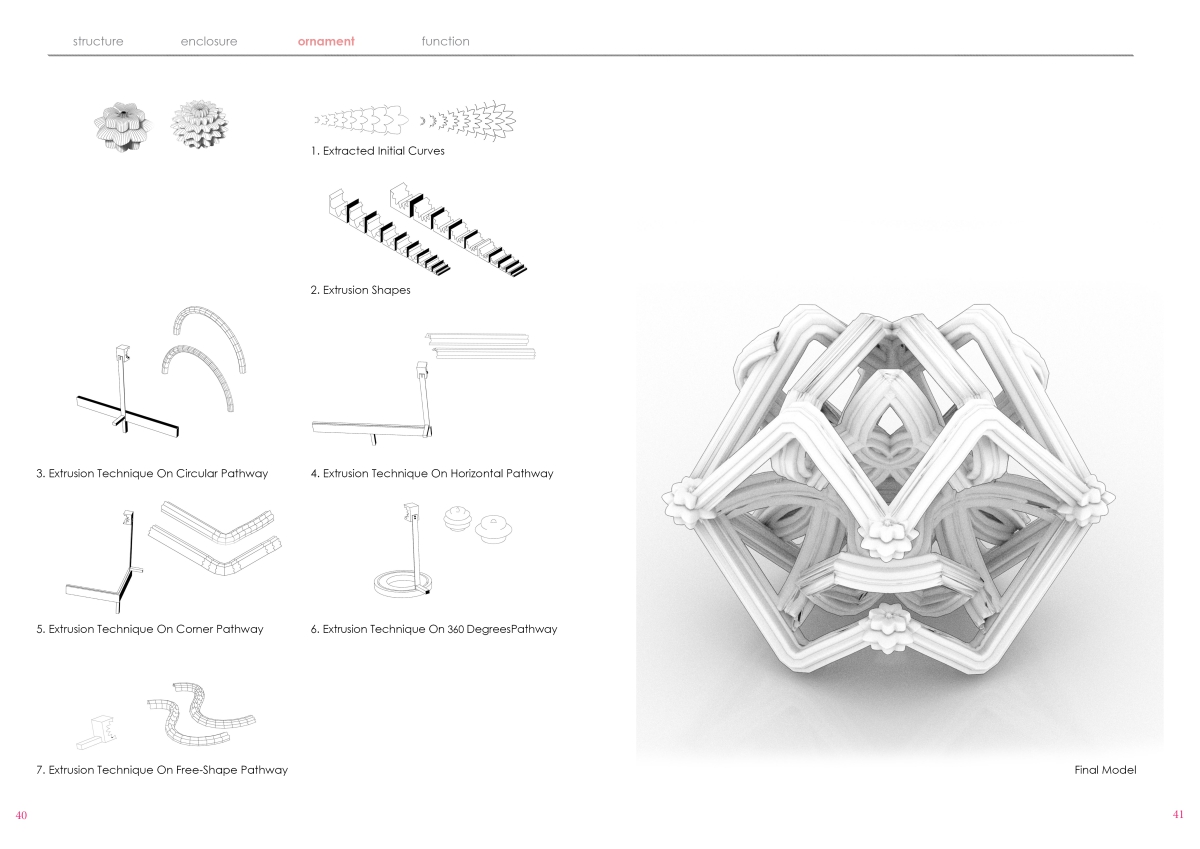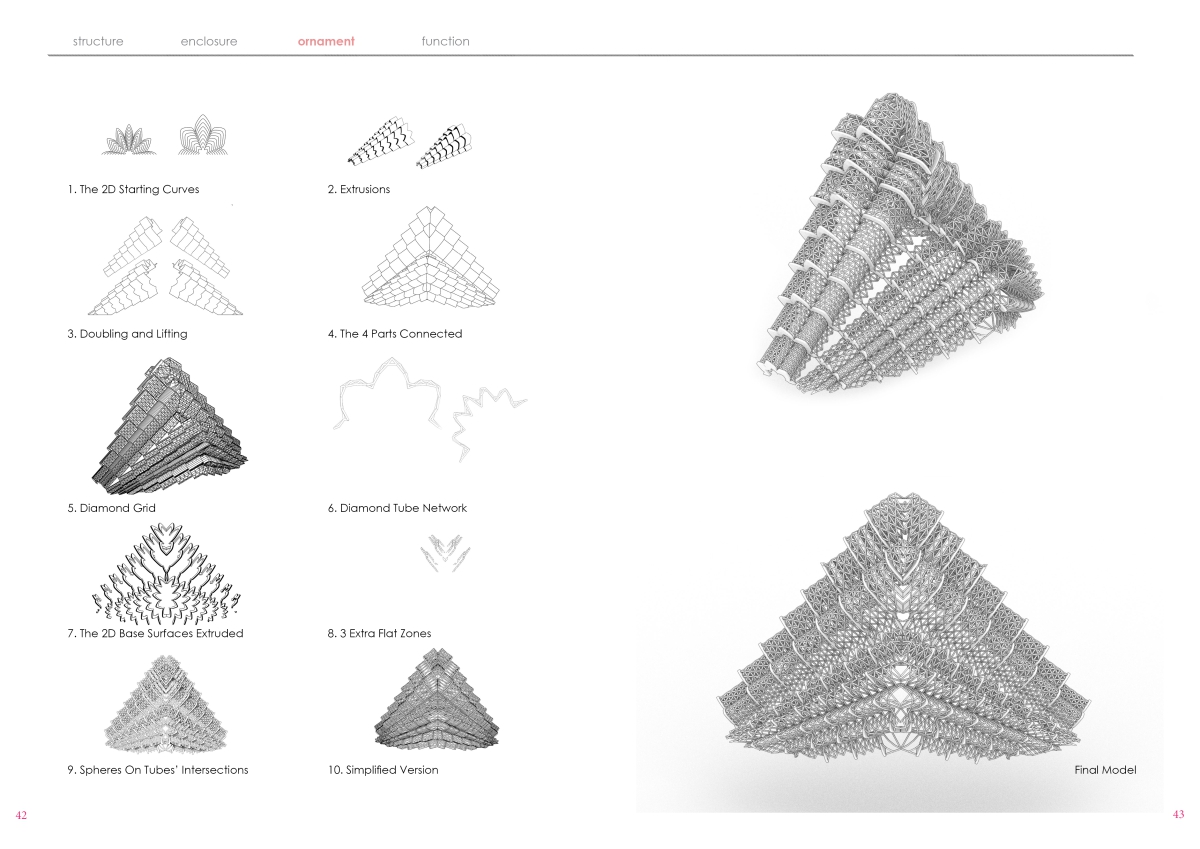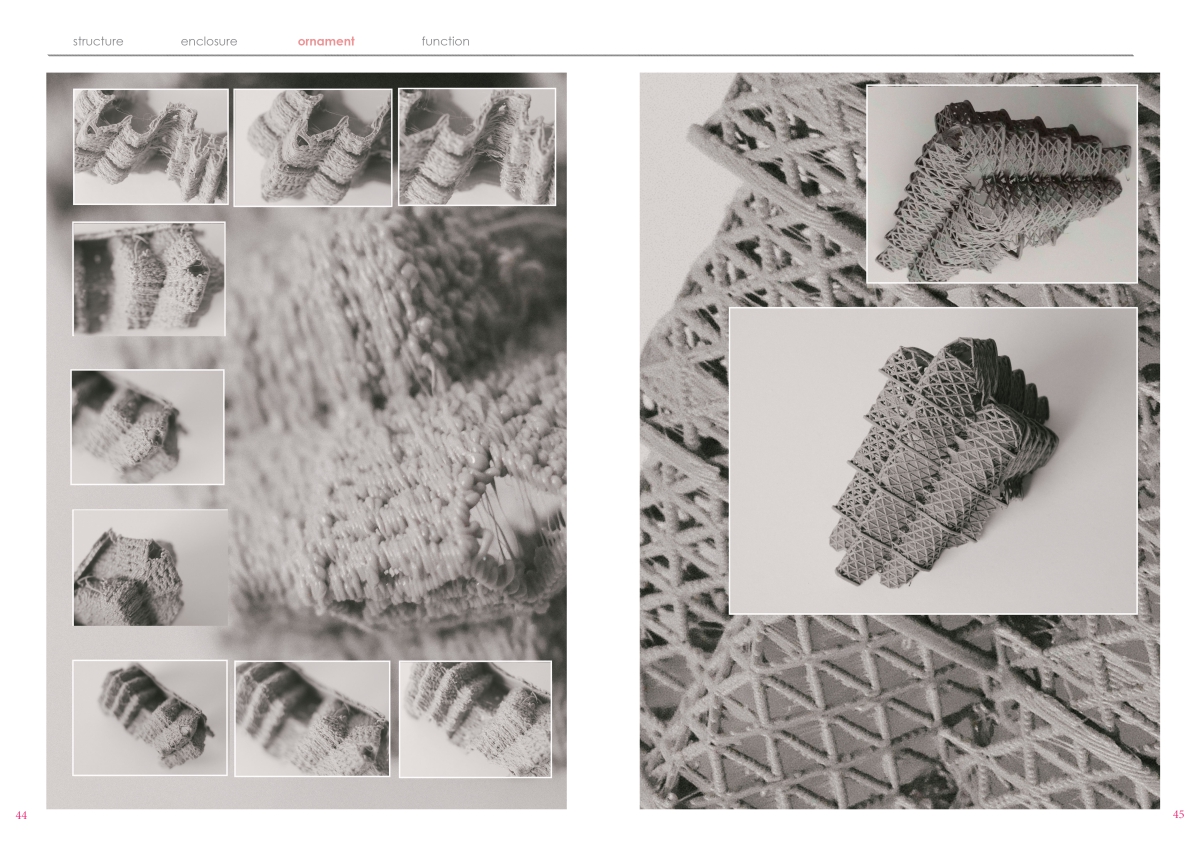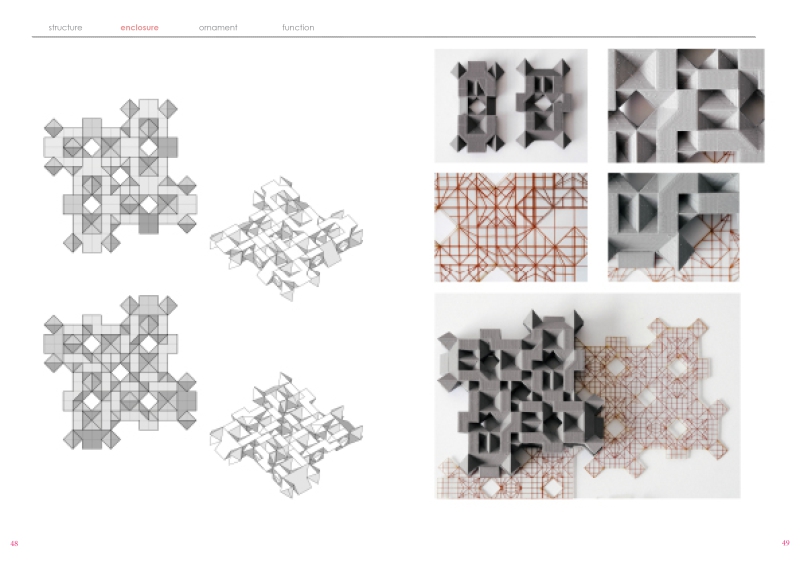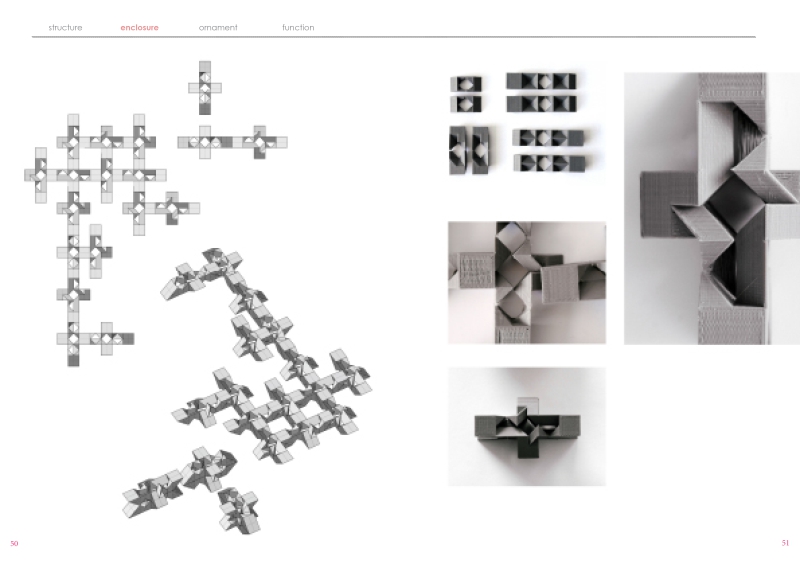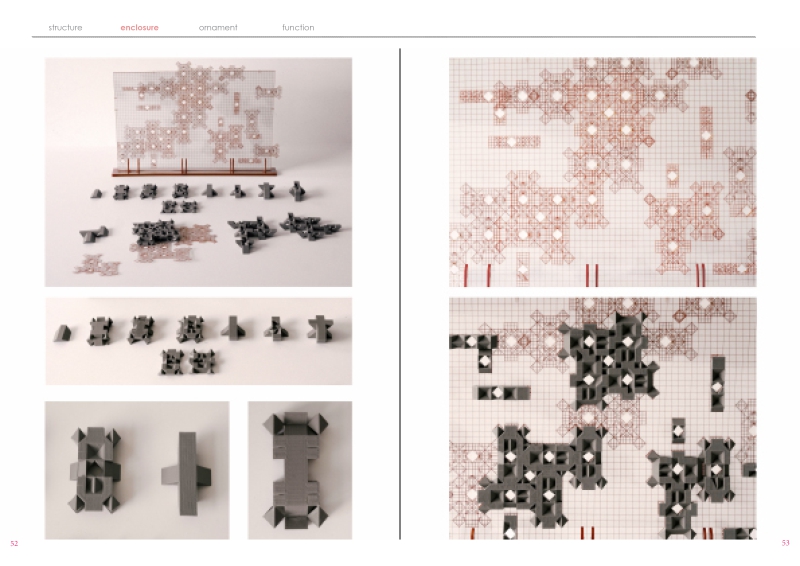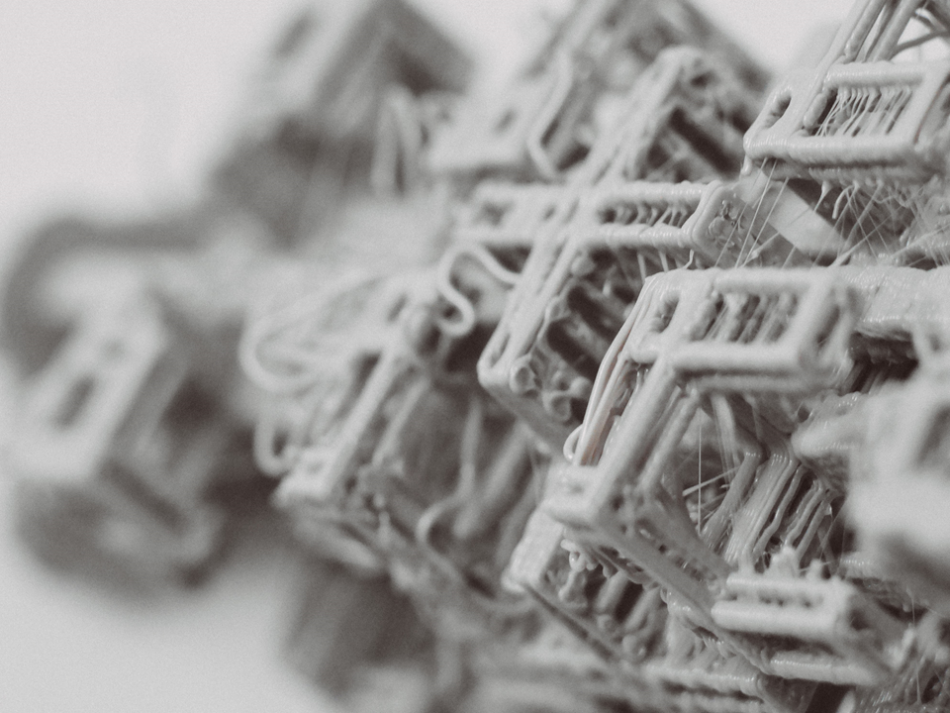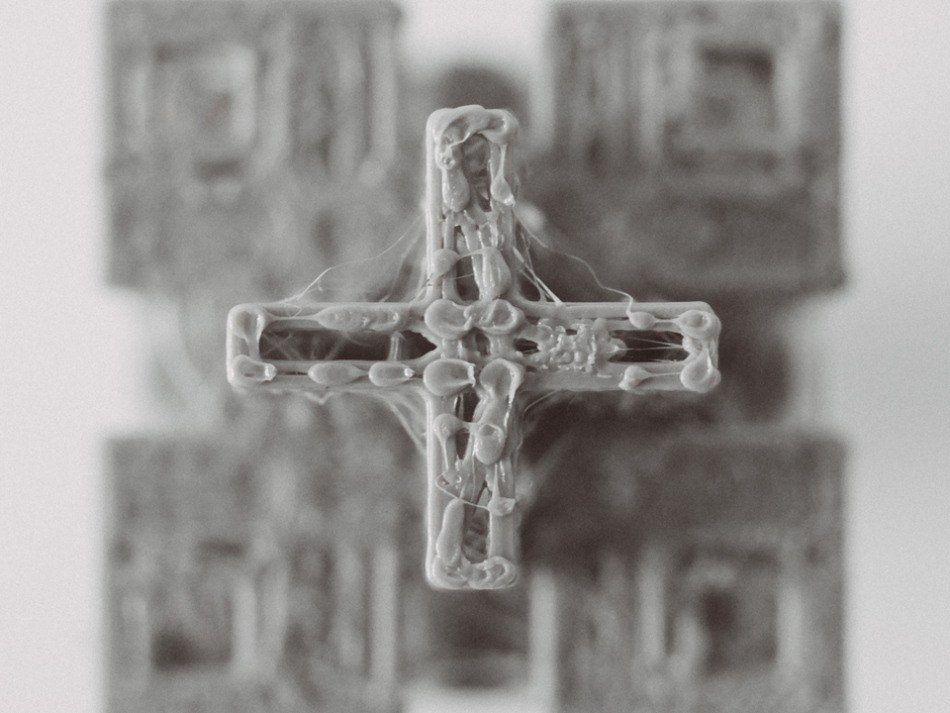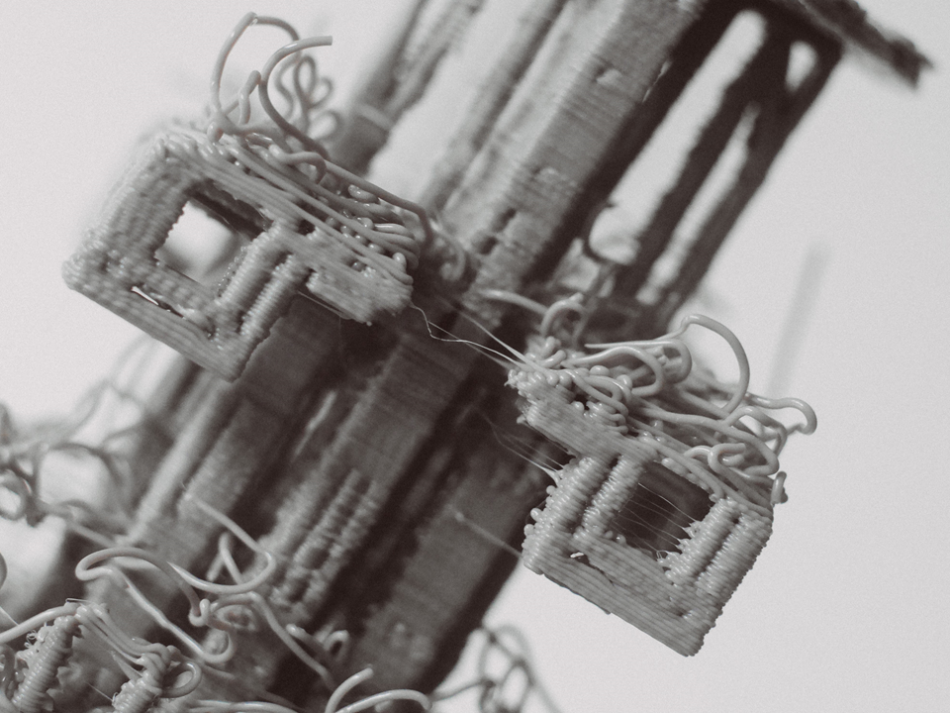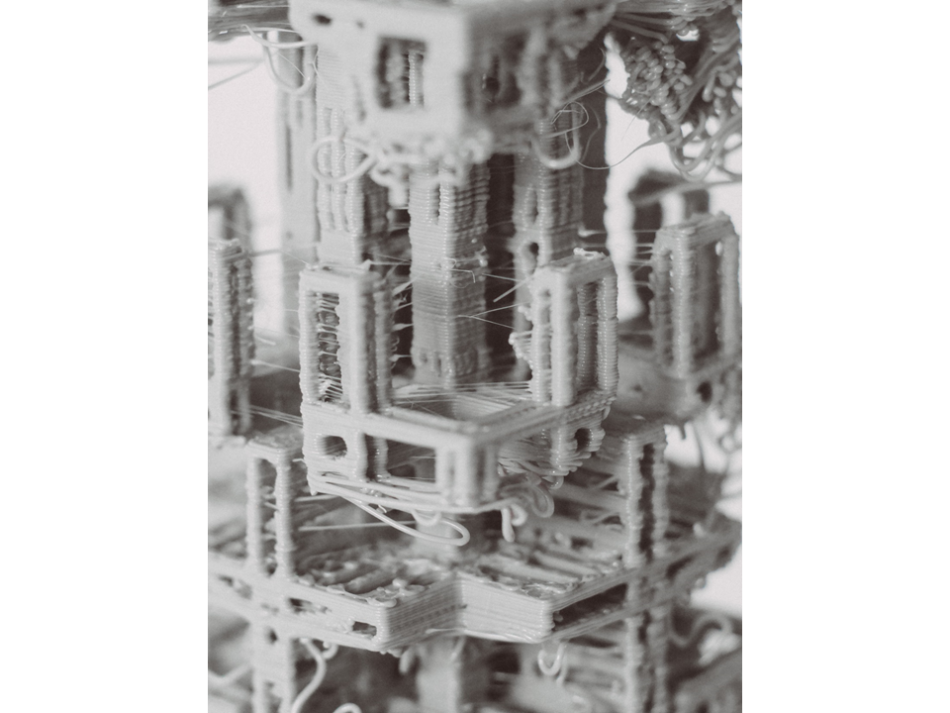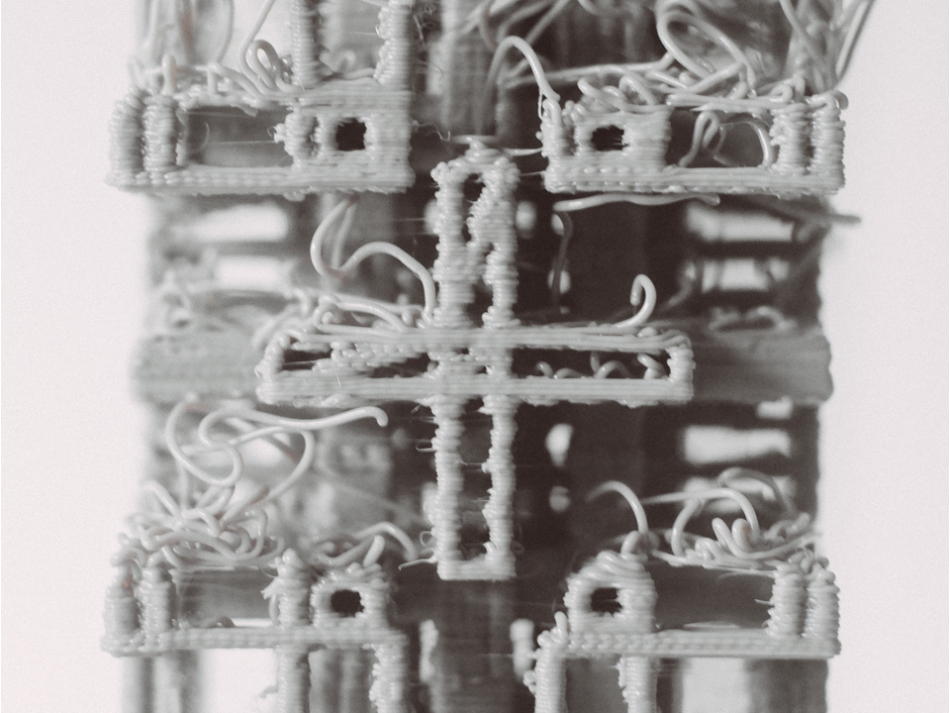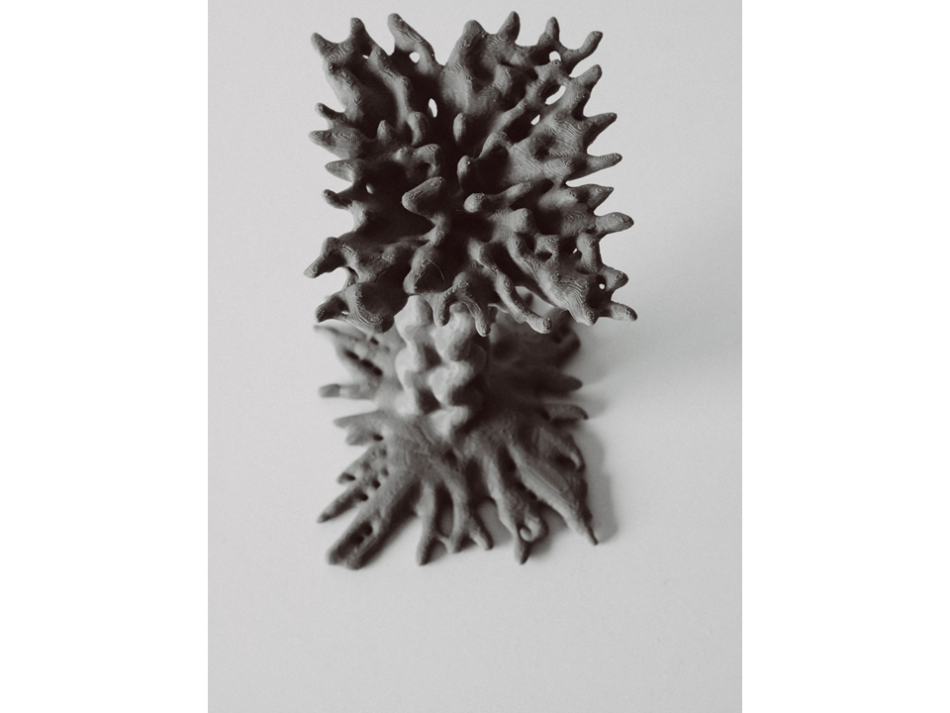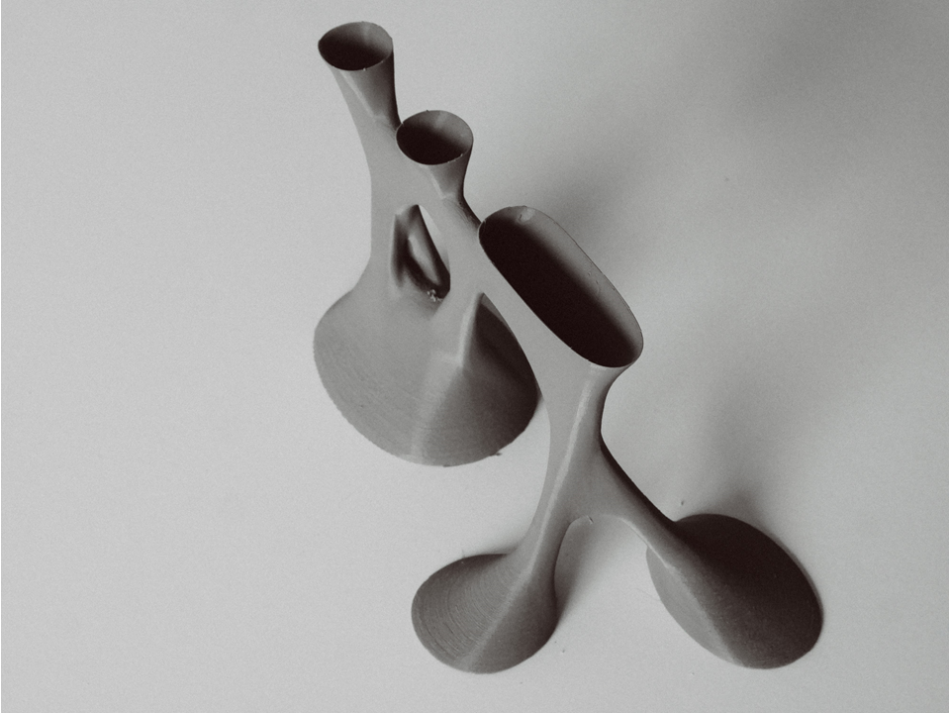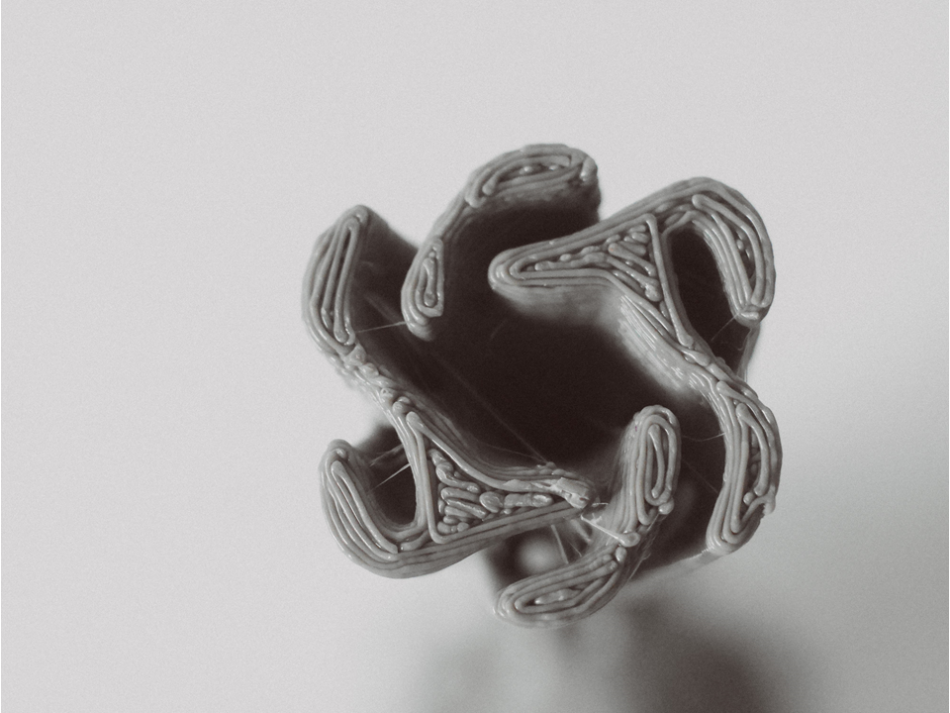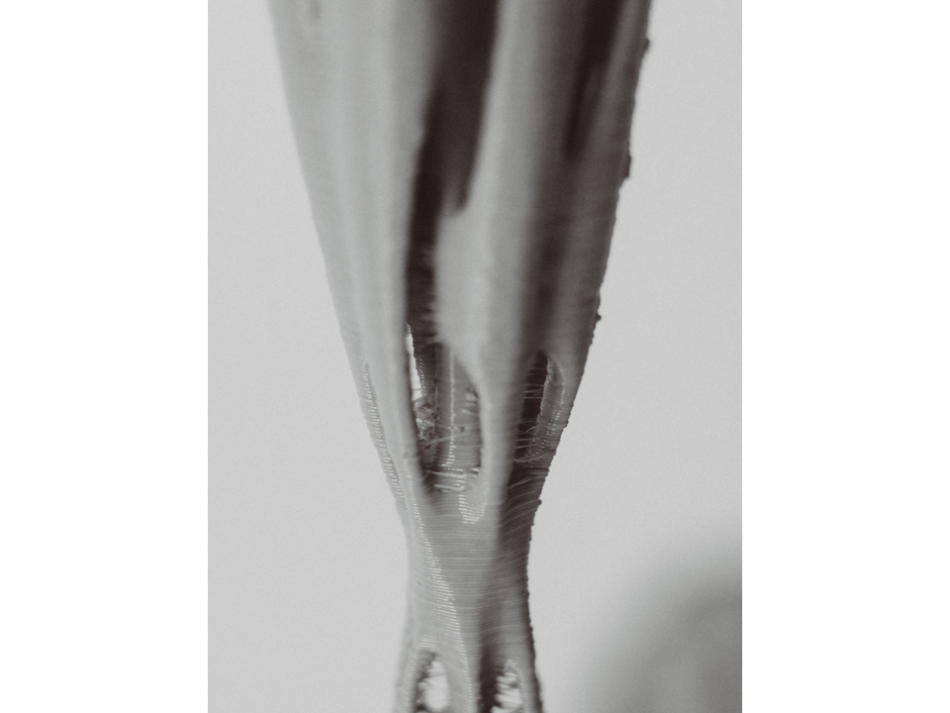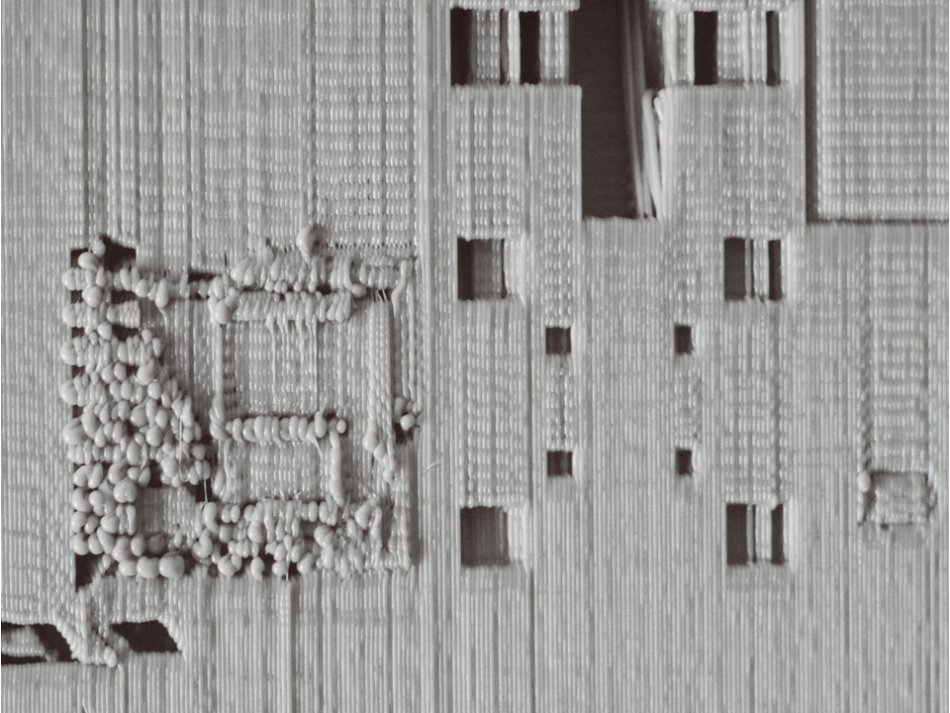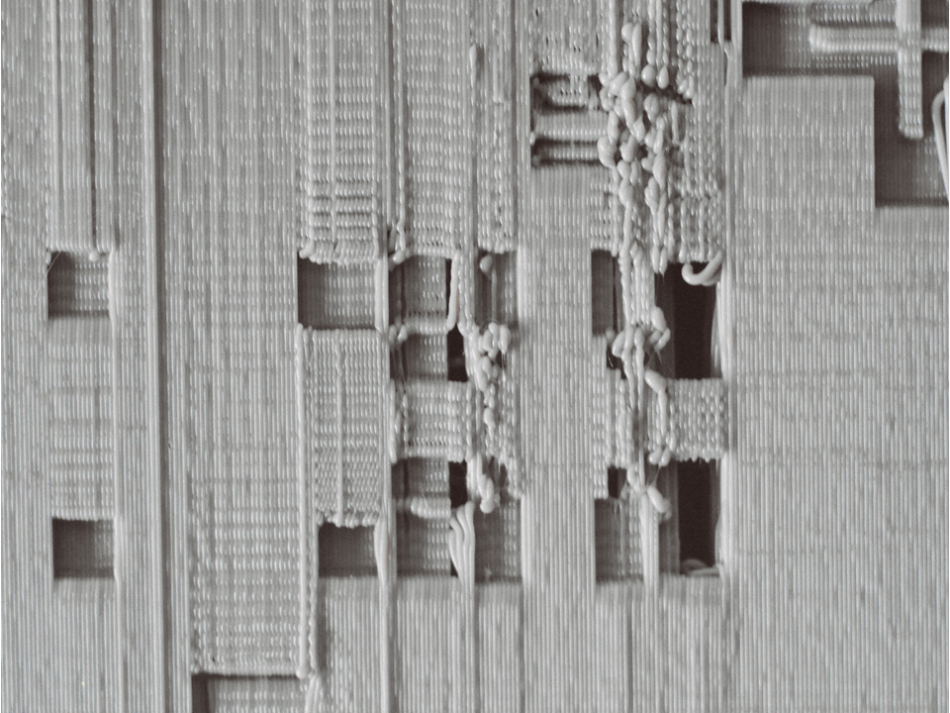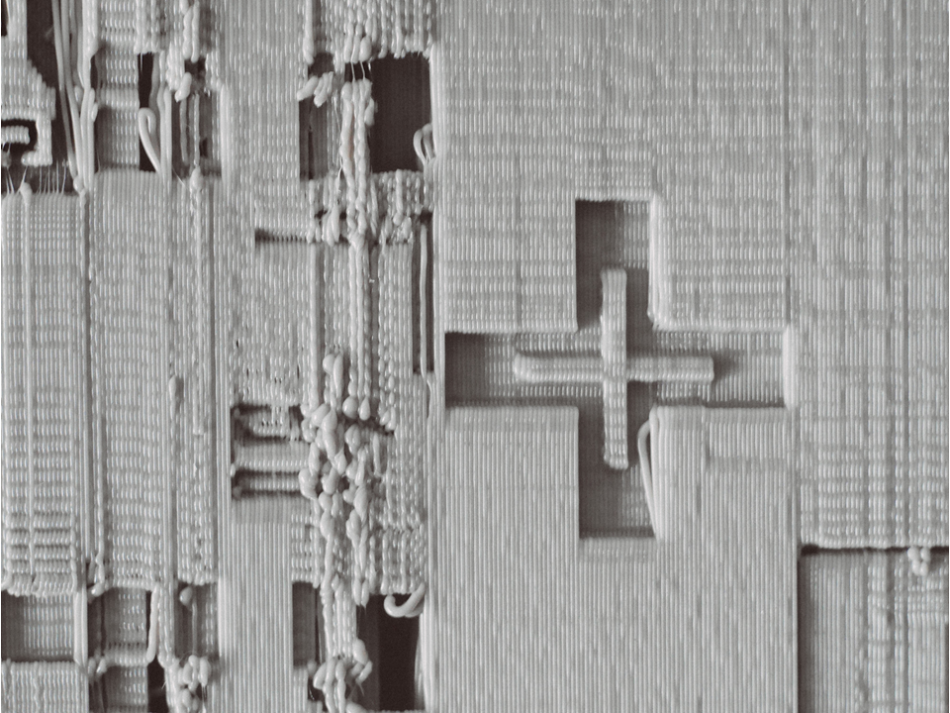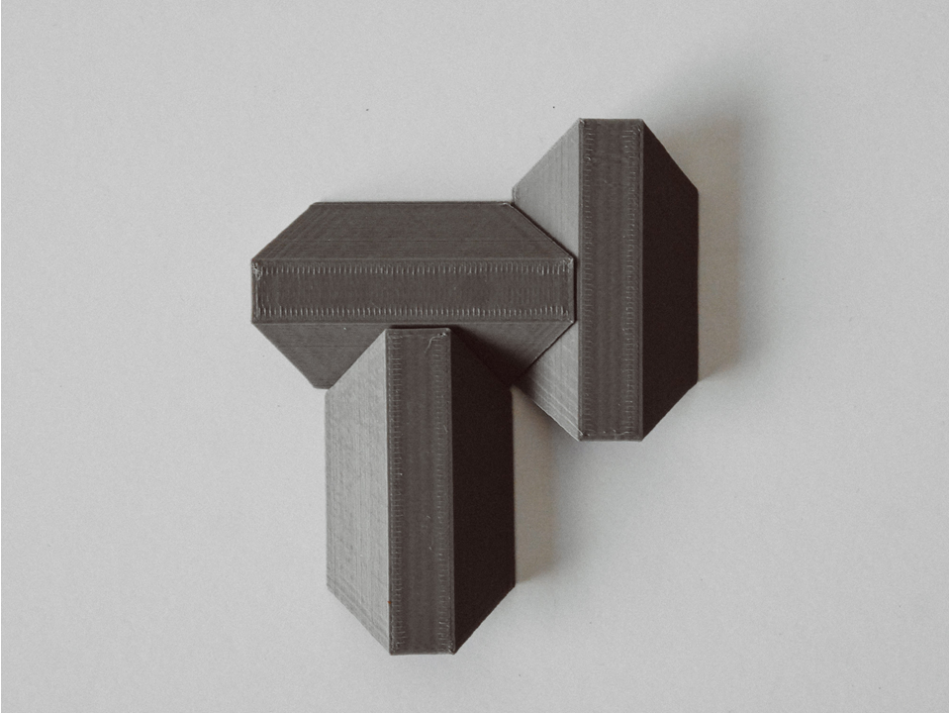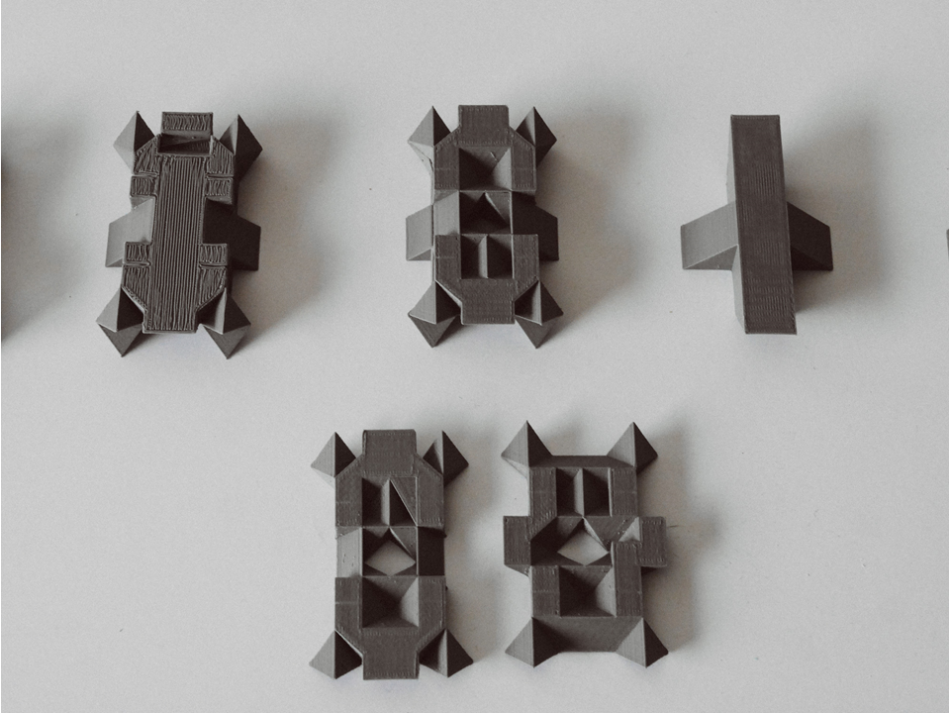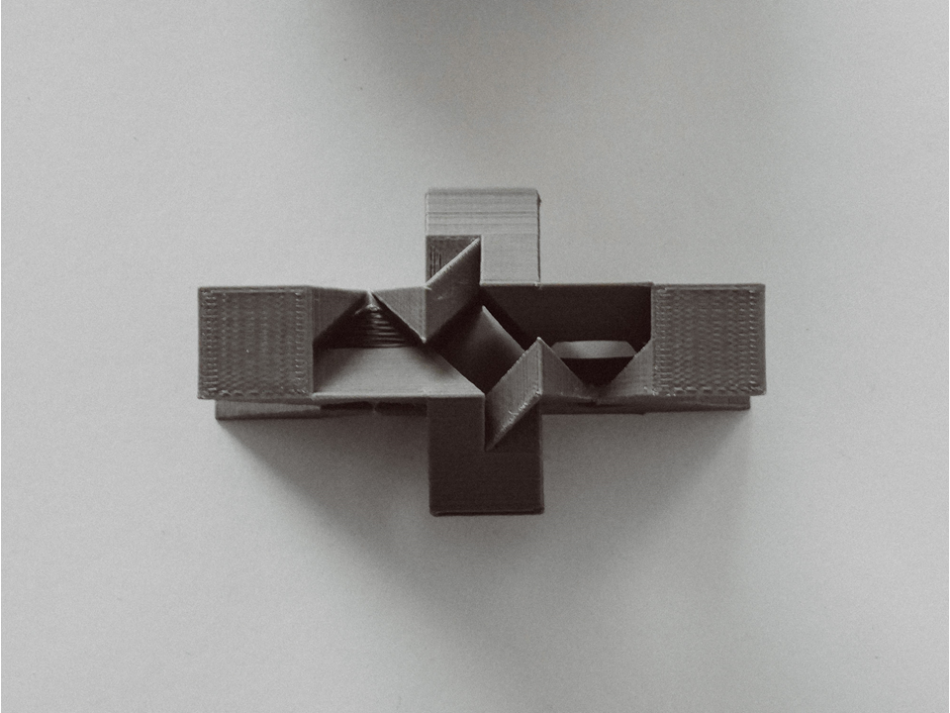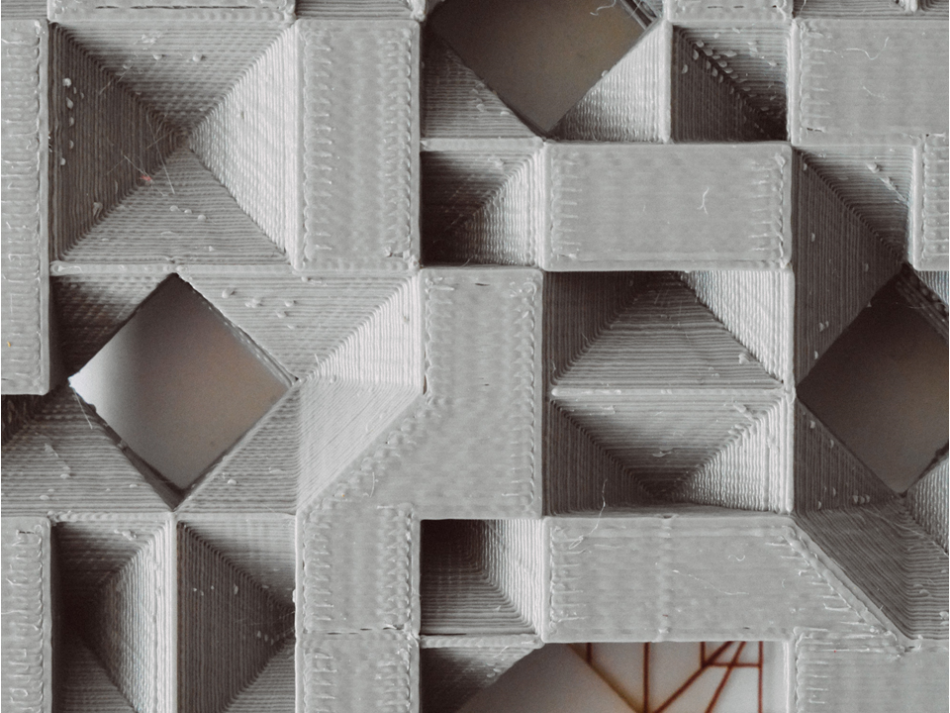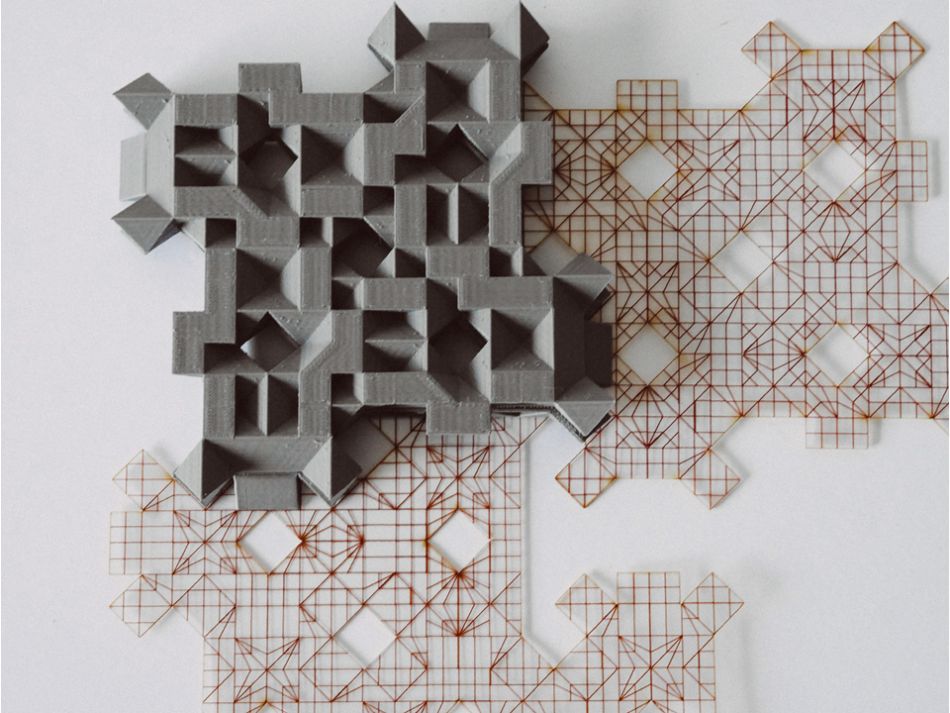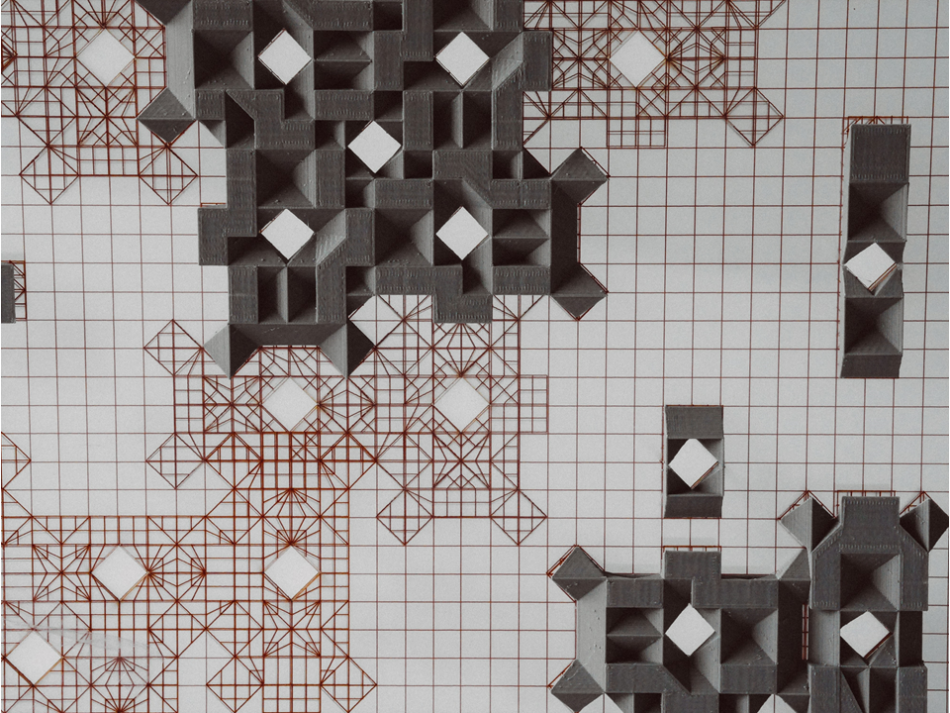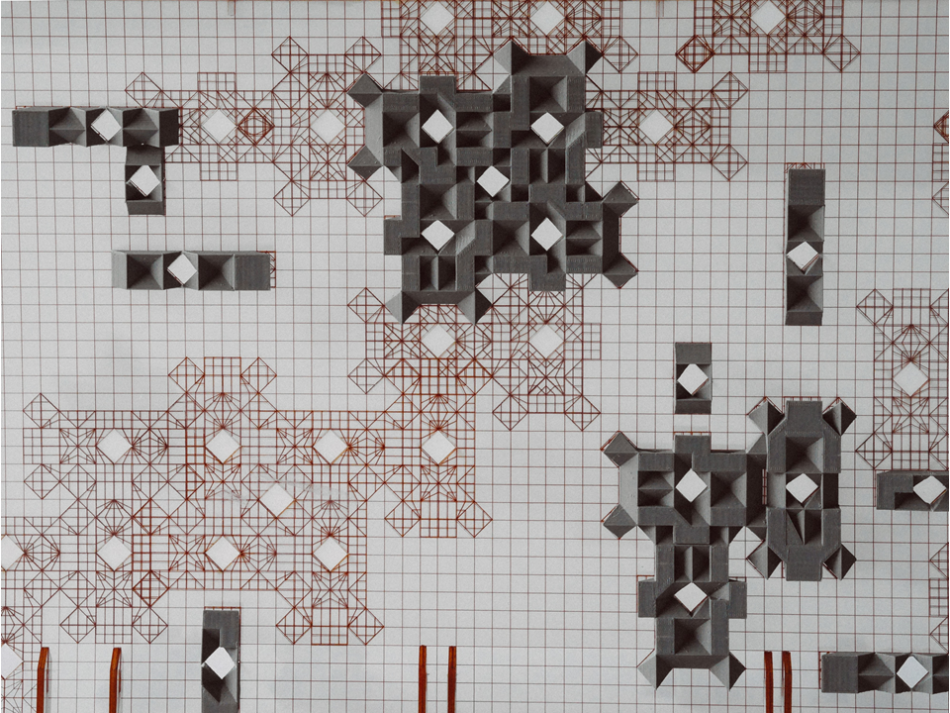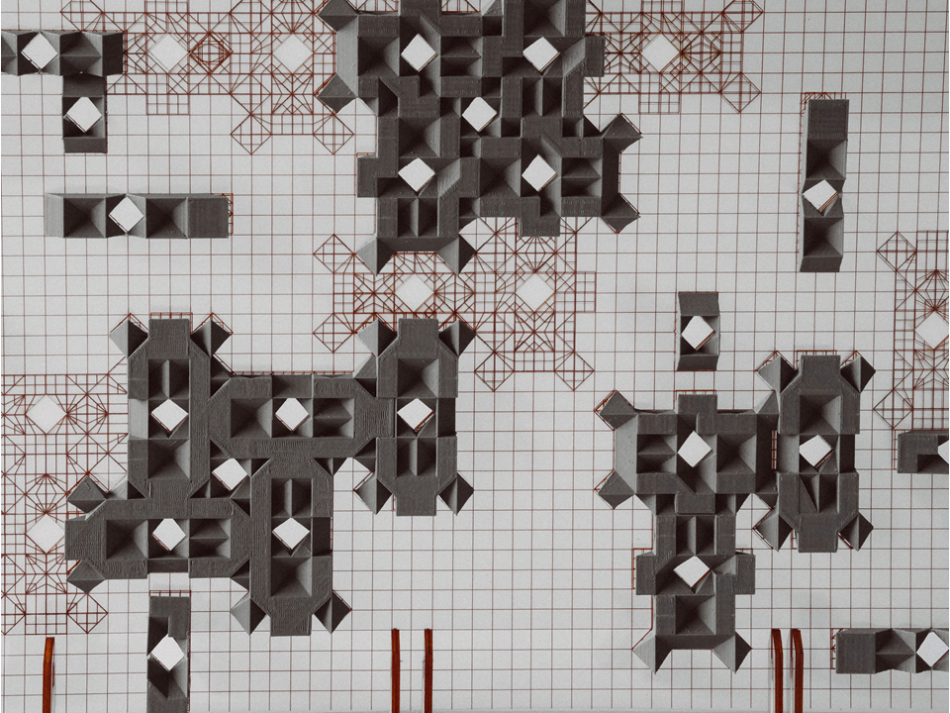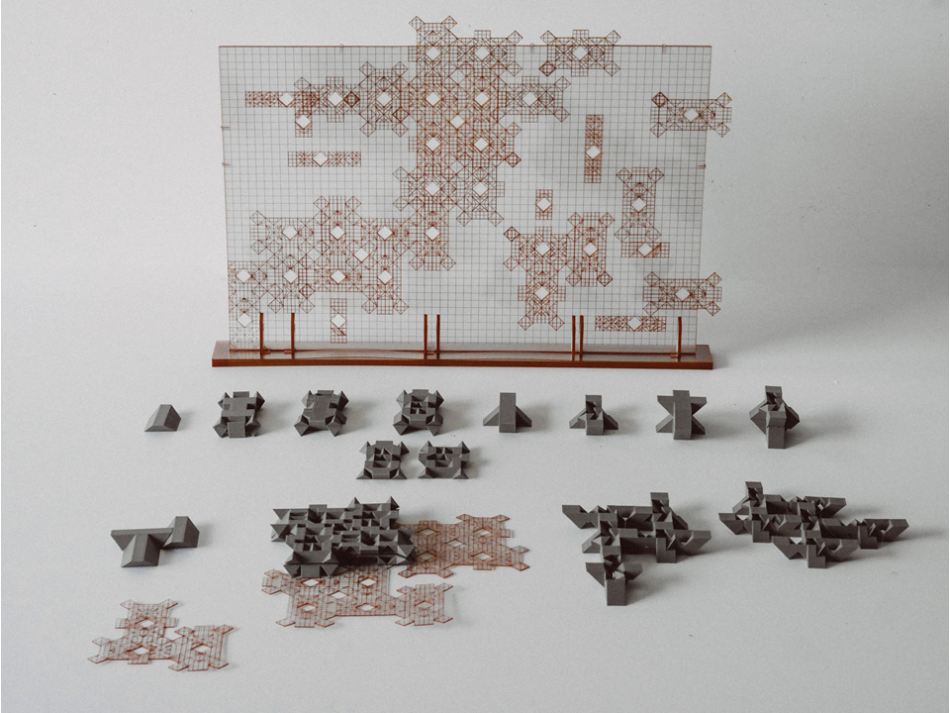The Standard
The concept of standardization has been one that follows architecture since its modern conception during the Renaissance. It became an imperative with modern architecture and finally a norm in all aspects of design and construction. The importance of the standards for modern architecture, along with the opposition to them, is famously codified in the argument between Hermann Muthesius and Henry van de Velde that took place at the beginning of July of 1914 at the Werkbund conference in Cologne and can be summarized as the juxtaposition between a conception of the architect as an engineer and of the architect as an artist. It is a juxtaposition that would follow modern architecture throughout its course. Standardization became the dominant approach, individualistic expression the antithesis necessary to form the constituting dialectic condition of modernity.
The non-standard
The encounter of architecture with digital technologies initially followed a different route: The first experimentations with digital design during the 90s were ultimately categorized under the term ‘non-standard architecture’ in the 2004 exhibition at the Pompidou Center that tried to provide a common framework for them (1). The term explicitly declares the belief that digital media could release architecture from the standard towards a new, infinitely customizable version of itself. However, architects soon started to realize that like all digital processes, digital fabrication and digital design tools at large incorporate standardization as an inherent element. What initially looked like a liberating force that would push architecture towards non-standard paths was revealed to be based on an even harsher and inelastic application of standards. If the standards during modernity could incorporate a certain degree of tolerance, digital standards are rigid and inflexible; they can be either followed completely or not at all.
The architectural detail
While all the above were constantly changing architecture’s approach towards the standard, the general attitude towards the concept of the architectural detail didn’t get particularly differentiated from older attitudes. Until now the detail was more often than not understood as an element that comes into play after the design process is concluded or, at best, towards its last stages. It could be understood maybe as an afterthought that has to express in a smaller scale the ideas and properties of the general project. As a part of secondary importance (as the term ‘detail’ itself implies) and at any case, as an element that has to be subordinated to the greater design idea without affecting or changing it much.
Greg Lynn, in the 10th anniversary of the ‘Folding in Architecture’ issue is describing architectural detail as an architect’s fetish: “The term intricacy is intended to move away from this understanding of the architectural detail as an isolated fetishised instance within an otherwise minimal framework. Detail need not be the reduction or concentration of architectural design into a discrete moment. In an intricate network, there are no details per se” (2). Greg Lynn here, declares in a way the death of the architectural detail. Ben van Berkel shares a similar attitude towards the detail: “It has become essential to define the detail anew. Its classical meaning, as a part of the whole, as articulation, has become obsolete. The idea of ornamentation had long been discarded, but that the notion of articulation has been abandoned too, comes as a shock. And yet the conclusion is unavoidable, seeing that contemporary architecture has severed every link between what takes place inside a building and what can be seen of this from outside. What could possibly be left to articulate in this new architecture…? Neither its structure nor its place in its surroundings says anything about the purpose it serves. There is absolutely nothing substantial left that can be related to articulation of any sort, and when this architecture, despite its radical otherness, is suddenly imbued with ‘detail’ in the conventional sense the result is monstrous” (3). Therefore the concept of the detail becomes irrelevant: all three functions facilitated by architectural detail become obsolete: part of the whole, articulation, ornamentation.
The architectural detail as an exception
However, both the concept of the standard as well as that of the architectural detail were established in the architectural world during the reign of modern architecture. While the seeds were planted earlier, it was during the previous century that the creation of standards became an imperative. At the same time the word ‘detail’ was hardly used before modern architecture in architectural contexts. Therefore the two of them – the standards and the detail – were bound to work together: standardized details became more and more prominent for architecture, something that up to a certain extent had to be expected: as materials and architectural parts were becoming standardized, so did the ways to assemble them. The convergence of the two becomes complete as we move towards the present day: today architectural detailing is indeed highly standardized in most ways. Digital libraries and BIM software packages make that even more apparent to the extent that in many cases the architect doesn’t even have to think about the detail or the fabrication method: it is already embedded in the software employed.
And yet, when looking back at the iconic details of modern architecture, they are everything but standard. On the contrary, architectural detail becomes in the hands of architects like Louis Kahn, Frank Lloyd Wright and Ludwig Mies van der Rohe a tool for architectural innovation. In those iconic details the architects invent the assembly of materials – they ways in which they come together – and turn them into a design tool. By designing a detail that goes beyond the standard practice of the time, modern architects were in fact inventing for themselves new ways to design. In many cases those details were iterated and expanded through several projects. The detail was continuously modulated – not necessarily refined but nevertheless altered. Instead of using standards the detail was constantly generating new variations on the theme.
Detail Assemblages
Therefore, Detail Assemblages suggests that instead of abandoning the concept of the detail we should just detach it from that of the standard. Even more so: by inventing new detail assemblages we can find ways to overcome the ever-increasing domination of the standards, as imposed by digital technologies, and generating new design processes. The course starts from a cataloging of iconic architectural details, by organizing them according to the scope that they accomplish within the project. Then tries to transcribe them into new detail assemblages that are used to inform 3d-printing processes.
References
(1) Architectures Non Standard (Paris: Editions Du Centre Pompidou, 2003)
(2) Greg Lynn, ed., Folding in Architecture, Revised edition (Chichester, West Sussex ; Hoboken, NJ: Academy Press, 2004).
(3) Kristin Feireiss, ed., Ben van Berkel: Mobile Forces/Mobile Kräfte, 1 edition (Berlin: Ernst & Sohn, 1994).
| >>info: | |
| instructor: | Dimitris Gourdoukis |
| institution: | Advanced Design: Innovation and Transdisciplinarity in Architectural Design School of Architecture, Aristotle University of Thessaloniki |
| students: | Dota Alexiou, Katerina Altini, Katerina Anastasopoulou, Stavros Antoniou, Kalliopi Valsamidou, Maria Kirou, Vaso Nikolaidou, Nefeli Papagianni, Ersi Tsiantzi, Katerina Tsirepa, Xanthipi Xatzidimitriou |
| date: | Spring 2018 |
| exhibitions: | - Thessaloniki Design Week, May 5-12, 2019 - Tirana Design Week, Polis University, September 17-29, 2019. |

